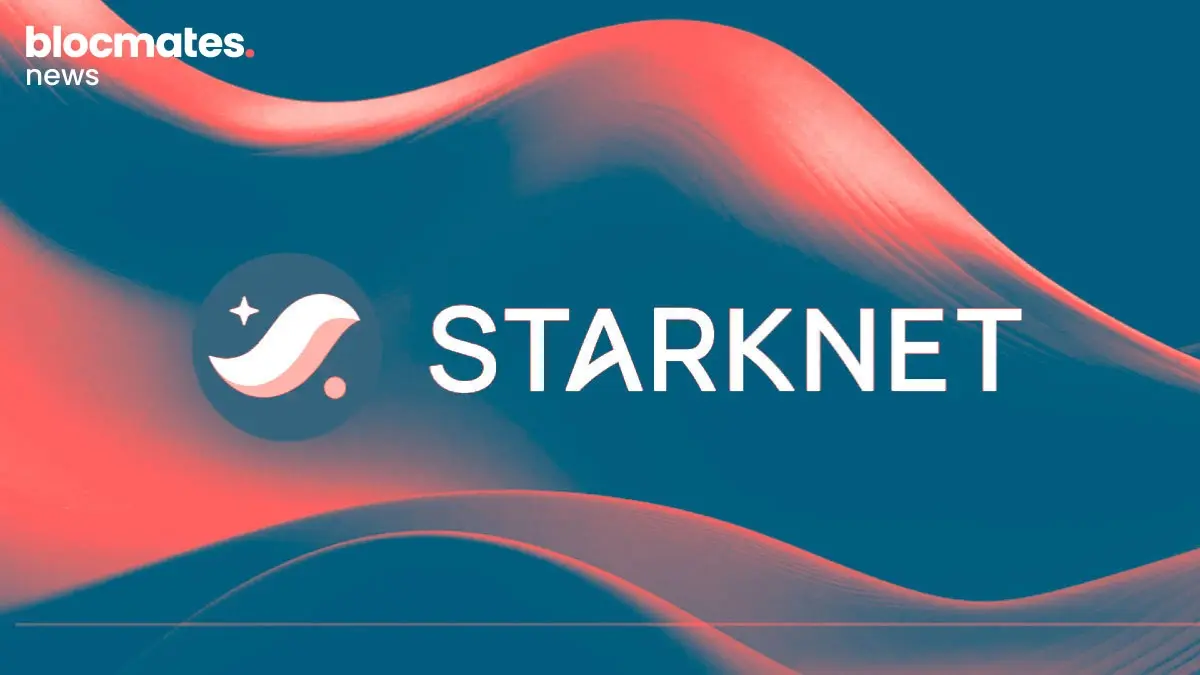
Fully committed degen traders who love leverage and high-risk moves in the volatile crypto space may have a new haven – GammaSwap.
Options have always been a major point of contention in this space. They are a great financial instrument, something everyone can agree on, but they haven’t been able to get the same level of adoption as perps (perpetuals).
You can make the argument that perps are simply an easier product than options, which is why they are so well adopted, but if that were the case then options wouldn’t dominate global derivative volume like it does in TradFi.
Well, we think there are two reasons for this disparity.
One is that crypto is still slightly early for a robust option trading ecosystem beyond majors like ETH and BTC. Secondly, no options products have been adapted to crypto, similar to how perps were adapted from futures in TradFi.
In relation to this is an off-shoot problem. The classic centralized vs decentralized battle.
Options are growing in crypto, but a majority of the volume remains on platforms like Binance and Deribit, which is not ideal. We want that volume on-chain.
Perps were in a similar position a couple of years back, but now platforms like Hyperliquid and dYdX seem to be making positive strides for on-chain perps.
Many teams have recognized that on-chain options will be a major sector in the future and have made several attempts to create options products on-chain and get ahead of the curve. But almost all have struggled to get any meaningful adoption.
Today, we want to bring to light a potentially revolutionary protocol in this realm. A protocol that may have finally found a crypto-specific way to do options fully on-chain.
That’s none other than GammaSwap, who have come to market with something they call perpetual options.
So, in this article, we will cover everything there is to know about GammaSwap. But just before we dive into that, allow us to preface the article with a quick explanation of the high-level differences between traditional options and perpetual options.

The difference between regular options and perpetual on-chain options
As most of you may know, an option is a derivative financial instrument that provides traders the right, but not the obligation, to buy (call) or sell (put) a specific number of options at a predetermined price (strike price) within a set time period. The main components are the strike price, the expiration date, the premium, and the implied volatility.
Traditional options in crypto come with limitations, such as fixed expiration dates and reliance on centralized entities for price feeds. These make it difficult to trade them in an on-chain environment.
It fragments liquidity which essentially makes the product not tradeable. For example, before perps, there were on-chain futures, but expiries and daily physical settlements made them difficult to trade. Perps simplified the product by aggregating liquidity under one contract, and boom, we had lift-off.
Perpetual crypto options offer the same kind of change for crypto options. It is a derivative that combines features of perpetual futures with traditional options to get the best of both worlds. It’s crypto afterall; we have to be degen-maxxing.
Similar to perps, they do not have an expiration date, allowing traders to hold their positions indefinitely and use decentralized platforms for transparency, given that they maintain margin requirements.
But unlike perps, traders pay a borrowing rate based on pool utilization (more on this later), and there is also no liquidation price but rather a time to liquidation.
In short, it combines elements from perps and options to create the optimal product for on-chain options trading.
So enough jibber-jabber, let’s get straight into the meat of this article.

GammaSwap Overview
GammaSwap stands as the pioneering on-chain perpetual options protocol, setting itself apart by eliminating reliance on synthetic assets or oracle-based price feeds. Instead, GammaSwap leverages liquidity from automated market makers (AMMs) like Uniswap and SushiSwap to craft perpetual options positions.
This innovative approach grants users leveraged exposure to any token in a fully permissionless manner, greatly enhancing flexibility and accessibility within the DeFi ecosystem.
The protocol is constructed on a robust framework of smart contracts seamlessly integrated with existing AMM liquidity pools, ensuring a fluid and efficient user experience.
Founded in May 2022 by Daniel Alcarraz, Devin Goodkin, and Roberto Martinez, GammaSwap raised nearly $2 million dollars in a first seed round with backing from Skycatcher, Modular Capital, and more.
In addition, GammaSwap Labs has undergone many audits and has a bug bounty program from the industry leader Immunefi to eliminate potential vulnerabilities in the protocol.

The innovative approach from GammaSwap to provide leverage on any token without the need for an oracle is simple, elegant, and effective.
If you want to open a perpetual option position, you are essentially borrowing liquidity. So, you select a loan-to-value (LTV) ratio, which is effectively your leverage. Once that’s done and you open a position, LP tokens from a liquidity pool are borrowed and burned for the underlying collateral, which will be held in the GammaSwap smart contracts.
If the volatility of the token being traded is in excess of the borrowing fee, the user profits because the loaned collateral accrues value faster than the debt.
Still not enough for you? Okay, let’s go through some basic strategy examples.
Let’s say you want a basic long position on ETH (a painful strategy nowadays, but oh well). When doing it with a perpetual option, it is essentially a borrowed LP position where the collateral is more rebalanced towards the volatile asset (ETH in this case).
Say you open a $10K notional long position. From that, 66% will be in ETH and 33% in USDC.
The delta, in this case, is your leverage. It will not be fixed leverage like with perps but rather change based on price movement. So it will start positive, and the further the price moves from your entry, the more the delta will change in accordance.
A short position works similarly but with just the opposite balancing mechanism. So, it will be balanced more towards the stable asset side. That means 66% in USDC and 33% in ETH.
Your delta will start negative and change the further price moves away from your entry price.
Now, let’s take a completely different strategy. Let’s say you just want to long volatility and opt for a straddle position.
With a straddle, the system borrows the LP position at a 50:50 ratio. This means no additional cost to the trader because they are the easiest to open and effectively act as an at-the-money (ATM) option.
The delta for this one starts at 0 and increases as the price moves from the entry price.
Now remember, the LTV you select when opening a position is effectively your leverage. So, the higher the LTV, the faster the time to liquidation is. Once a position crosses the 99.5% liquidation threshold, it is liquidated.
This makes the liquidation effectively act as an expiration date without having an actual expiration date.
It’s important to note that, unlike some other on-chain options products, GammaSwap itself isn’t an AMM (Automated Market Maker). It’s a set of smart contracts that lets traders create perpetual option positions using AMM liquidity.
GammaSwap works with any AMM that uses a Constant Function Market Maker (CFMM) model, such as DeltaSwap, Uniswap V2, and SushiSwap V2.
Apart from this, there are a couple of finer details that you need to come to mind when it comes to a perpetual option position:
- Loan-to-value (LTV)—The LTV is the value of the loan borrowed compared to the collateral posted. Effectively, it is debt/collateral. Opening LTVs range from 95% to 99.3%, with a liquidation threshold of 99.5%.
- Position size—Your position size is your notional size in dollars and liquidity invariant units (LIUs). LIUs are a measurement that essentially reflects the position's debt. The LIUs stay constant throughout, but as the LTV and deposit increase, the notional size will increase.
- Opening cost—There are three costs to opening a position: the slippage costs for rebalancing a position, the trading fee for rebalancing a position, and the origination fee, which is charged to prevent overutilization of a certain pool.
- Delta—Delta, in the case of perpetual options, is basically how much the position will increase in value as the pool's price changes. Hence, your leverage changes as the price changes.
- Funding rate—In this scenario, the funding rate is the daily cost to hold a position based on the current borrow rate and the size of the position.
So why should you care about GammaSwap?
Value Proposition of GammaSwap
Firstly, the protocol cannot function without volatility sellers, who are liquidity providers for CFMMs.
As a protocol, GammaSwap provides significant value to multiple different DeFi stakeholders:
For Traders: GammaSwap provides an innovative way to gain leveraged exposure to a wide range of tokens without the risk of price-based liquidations. Additionally, the protocol offers more than just the chance to purchase straddles.
It enables users to tailor their own volatility exposure, closely copying the returns of call or put options. This is accomplished by adjusting the ratio of tokens held as collateral within GammaSwap. That means the protocol is transforming the payoff function of the impermanent gain.
For Liquidity Providers: On GammaSwap, liquidity providers can earn higher yields compared to traditional AMM participation.
On top of this, LPs earn fees that adjust with impermanent loss (IL). If there is a lot of volatility, traders are incentivized to open long volatility positions, which in turn increases the yield. On GammaSwap, the fees are adjusted based on this increased risk to compensate LPs. Oh, and of course, the yields auto-compound and increase over time.
DeFi Ecosystem: GammaSwap enhances the DeFi ecosystem by improving liquidity efficiency and offering new financial instruments. GammaSwap's unique design offers security against the perils of flash loan manipulation, thanks to its payoff curve. This curve is engineered with a mechanism that ensures the collateral's value never dips to zero. It does this by maintaining a minimum value plus an additional margin to cover trading fees and interest, which is crucial for keeping trading positions open and secure.
The heart of GammaSwap's resistance to flash loan attacks lies in its use of the constant 'k' from the formula x*y=k.
This constant is used to measure debt in a way that is independent of price changes. By not relying on price, the system avoids the pitfalls where sudden price manipulations could exploit traditional models.
Trading activities generate fees, and these fees contribute to the growth of 'k', effectively increasing the debt. This dynamic adjustment of debt ensures that the system can respond to market changes without becoming vulnerable to rapid, malicious price swings.
Solving problems in traditional crypto options trading
Navigating the complexities of traditional crypto options trading involves hard and long grappling with high volatility, liquidity constraints, and reliance on trustworthy price oracles. GammaSwap is designed to tackle these challenges head-on with a distinctive approach:
Dispensing with Oracle Dependence: GammaSwap sidesteps the need for price-feed oracles, thereby mitigating the risks of oracle manipulation and associated security flaws. This innovation ensures a more robust and dependable system, enhancing overall security and reliability.
Leveraged Exposure without Liquidation Risks: Diverging from the model of perpetual futures, GammaSwap’s perpetual options employ a time-to-liquidation mechanism based on the borrowing rate and Loan-to-Value (LTV) ratio. This novel approach stabilizes the trading environment, offering predictability and reducing the stress of price-triggered liquidations. The absence of expiration dates in perpetual on-chain options simplifies trading strategies. Traders don't need to worry about rolling over contracts or managing expirations, which is a common headache in traditional options markets. This perpetual nature aligns well with the continuous trading environment of cryptocurrencies.
Maximizing Liquidity Efficiency: By seamlessly integrating with existing AMMs, GammaSwap leverages existing liquidity without necessitating the creation of new pools or synthetic assets. This integration sustains liquidity within the DeFi ecosystem and expands earning opportunities for liquidity providers through additional fee generation.
Mitigating Impermanent Loss: Addressing a common pain point for liquidity providers, GammaSwap presents a solution to earn higher yields while reducing the risk of impermanent loss. Through dynamic borrowing and liquidity utilization, GammaSwap optimizes returns, ensuring liquidity providers benefit from enhanced profitability.

Why you should LP on GammaSwap
Achieve a greater yield: GammaSwap revolutionizes the handling of impermanent loss (IL) by dynamically scaling yields in line with IL risk, leveraging its unique payoff curve and the constant 'k' in xy=k. When market volatility increases, suggesting higher IL risk, GammaSwap automatically adjusts to offer liquidity providers (LPs) a higher APY, compensating for the risk and aiming for better risk-adjusted returns than traditional AMMs. This system uses the growth of 'k' to adjust debt, which in turn increases yields for LPs, providing a buffer against losses during volatile periods, thus encouraging liquidity provision and fostering a more stable trading environment.
Earn more during volatility: GammaSwap increases your returns when the market is volatile, offering better risk-adjusted returns than standard AMMs. Higher fees during these times help mitigate temporary losses and boost overall earnings.
Benefit from automatic compounding: Fees earned in GammaSwap are automatically reinvested, growing your yield over time. This compounding effect can significantly enhance your portfolio’s performance. Here’s the guide on LPing for GammaSwap.

$GS Tokenomics
GammaSwap’s $GS tokenomics are reminiscent of esGMX, strategically utilizing $GS and $esGS tokens to promote long-term commitment through a structured rewards release.
This approach balances flexibility and dedication, ensuring users are rewarded for consistent participation while mitigating inflationary risks. By requiring LP token reservations for vesting, the model fosters platform stability.
Staking rewards, multiplier points, and a gradual vesting schedule are designed to align user interests with platform growth, effectively discouraging speculative behavior. Furthermore, GammaSwap’s system empowers users to influence reward distribution without the need for token locks, thus maintaining liquidity and continuous user engagement.

$GS is the governance token for GammaSwap that earns ETH revenue when staked, multiplier points, and $esGS rewards.
$esGS (Escrowed GS) is earned through liquidity mining and staking inside the protocol. It’s a non-transferable ERC-20 token and can be staked to earn more $esGS.
Multiplier points are rewards for long-term stakers without inflation.
The token standard of $GS is LayerZero OFT (Omnichain Functional Token), with an initial DEX Liquidity of $500k on DeltaSwap. The total supply is 1.6B $GS, and its initial supply will be 112M. Investors have a 12-month cliff and 18-month linear vesting schedule, while the team and advisors have a 12-month cliff and 24-month linear vesting schedule.
If you want to dive way deeper into the rabbit hole of $GS tokenomics to find every bit of degeneracy, all calculated formulas or vesting staking/farming rewards, and more, there is a great article from Cofounder DeFi Devin here.
The GS LBP
A final launch date on the GS LBP is yet to be given, but here is all you need to know about the LBP.
The team believes that an LBP will be the most efficient way to launch as the price starts high and eventually decays over time along a curve.
Here are the parameters:
- Chain - Arbitrum
- Accepted assets - ETH, USDC
- Pooled assets - 105M GS & $95K in ETH
- Starting price - $0.0433 (70M FDV)
- Ending price - $0.0156 (25M FDV)
- Duration - 3 days
GammaSwaps’ Future Developments
GammaSwap has significant future products coming up for the protocol. In Q1 2024 and Q2 2024, they re-launched on Arbitrum, Base, and Ethereum and made a price impact upgrade by using external liquidity to reduce slippage.
In 2025 and beyond, the team plans to launch GammaSwap V2, the first concentrated liquidity AMM without ticks or ranges to integrate solvers and increase trade capital efficiency. Beyond that, they’ll have an EigenLayer AVS, more hedging tools, and managed strategies, including fixed-rate perpetual options, in their launch cannon.

Final thoughts
GammaSwap represents a significant advancement in DeFi, an arena that has needed efficient on-chain options for a long time but has failed to see them come to fruition.
By eliminating the need for oracles, providing perpetual options without the risk of sudden liquidations, and optimizing liquidity use, GammaSwap addresses key challenges in the on-chain derivatives landscape.
GammaSwap will grow bigger in the coming years, considering the upcoming updates and products coming to the protocol, and with its innovative approach regarding liquidity, dynamic leverage, the perpetual nature of options, and more, they have the potential to get a key player in DeFi, especially options trading.
Its value proposition for traders, liquidity providers, and the broader DeFi ecosystem positions it as a critical and significant player in the ongoing evolution of decentralized financial markets – especially in perpetual options.
From posts found on X, there's a growing recognition of the potential of on-chain perpetual options. The community sees these innovations as not just technical advancements but as tools that could redefine how leverage and options are approached in the crypto space, indicating a shift towards more complex yet user-friendly financial products.
Expect big things anon.





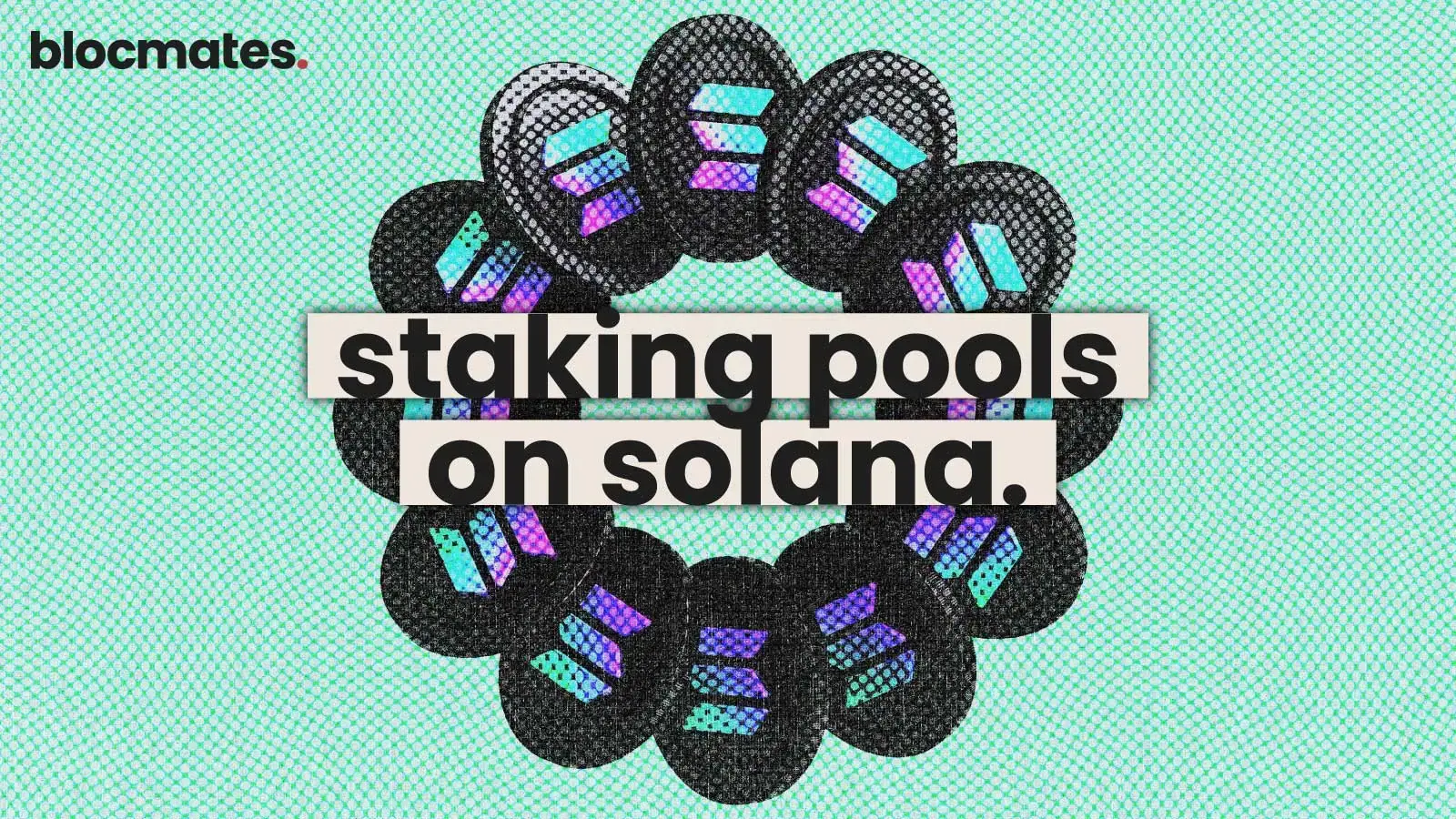





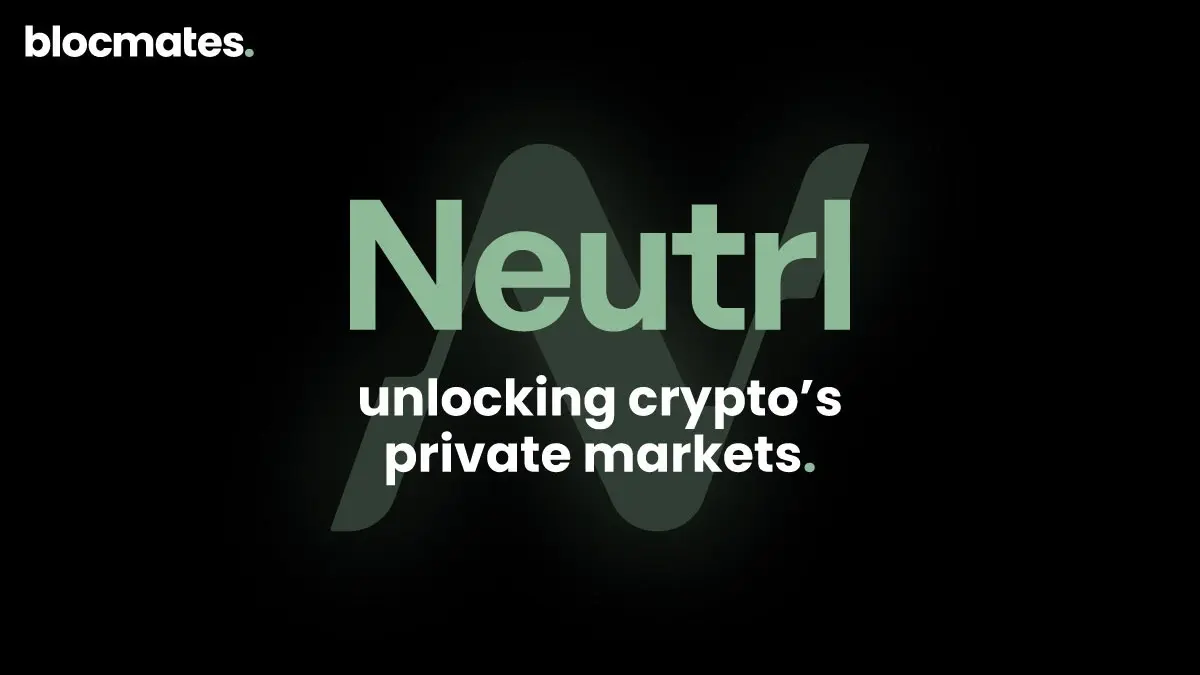


.webp)

.webp)
.webp)

%20(1).webp)
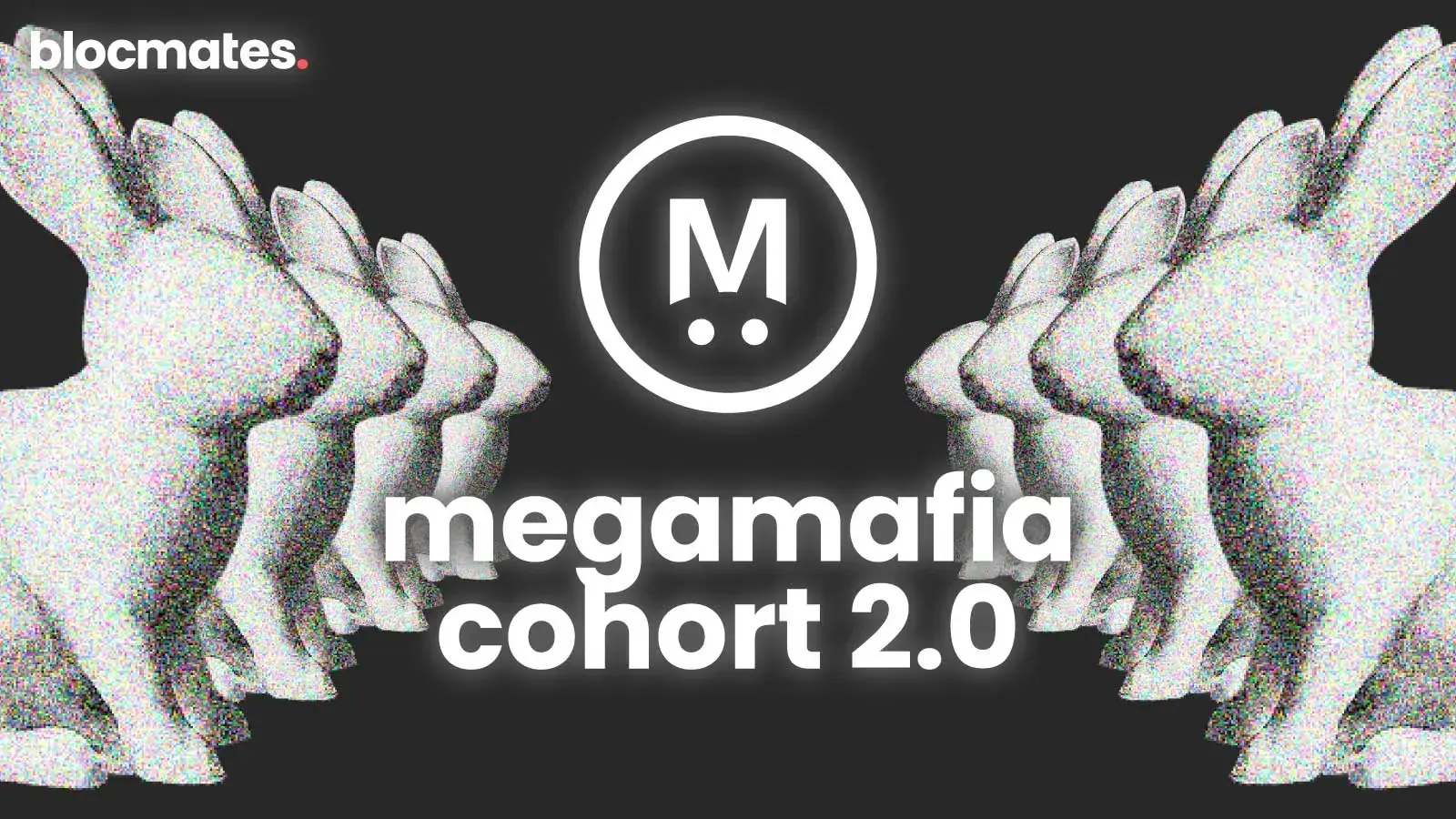
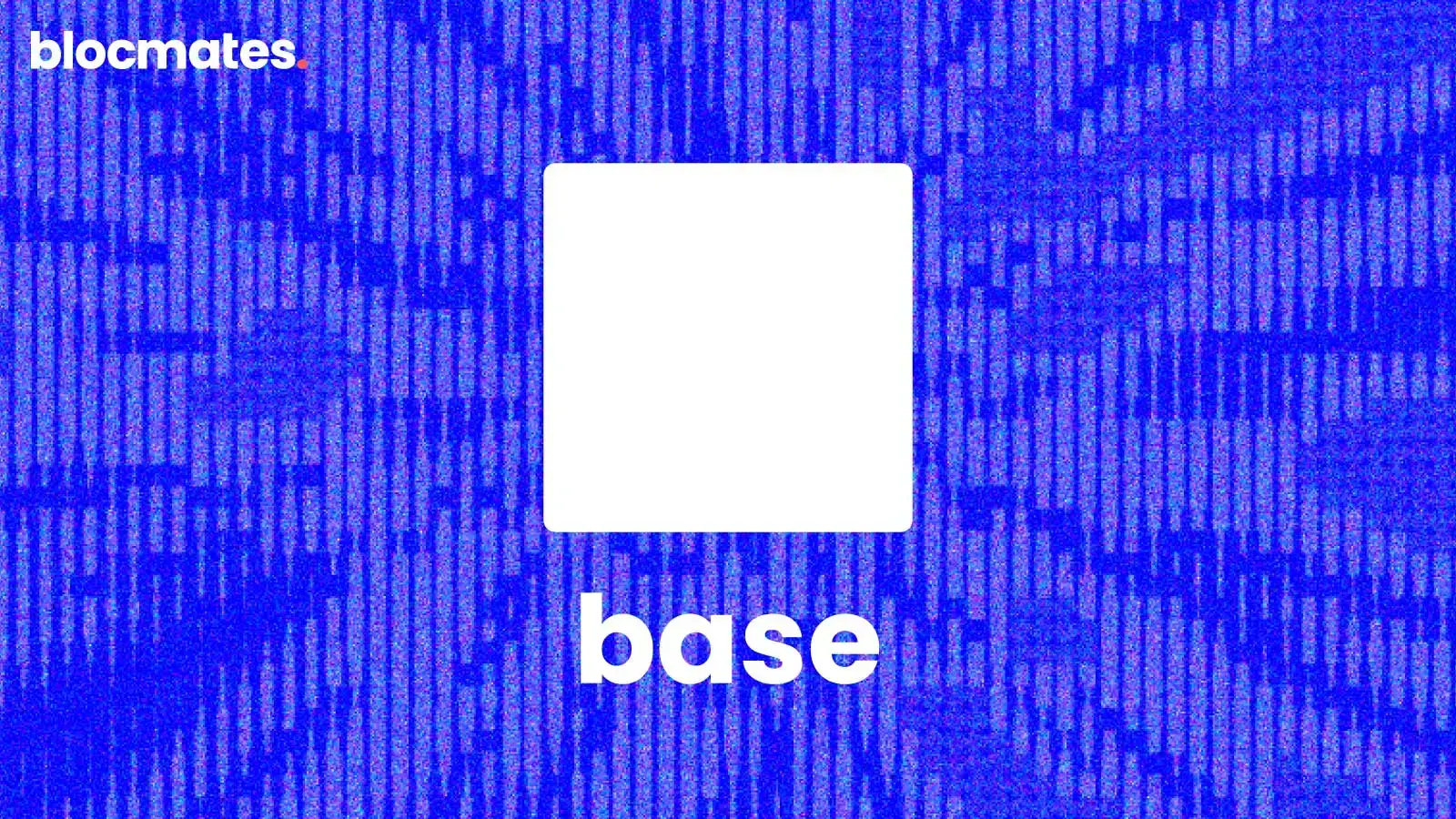
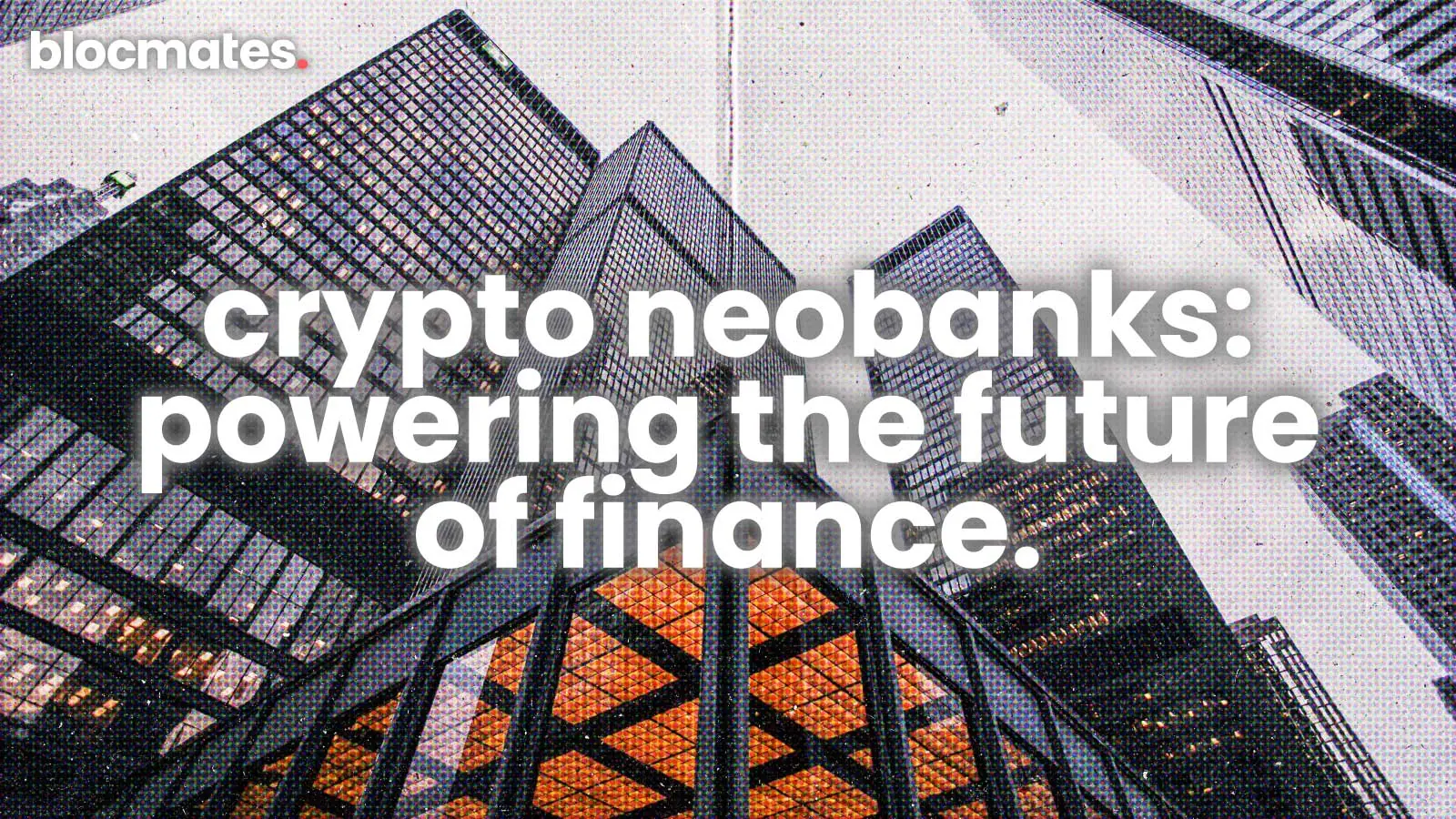


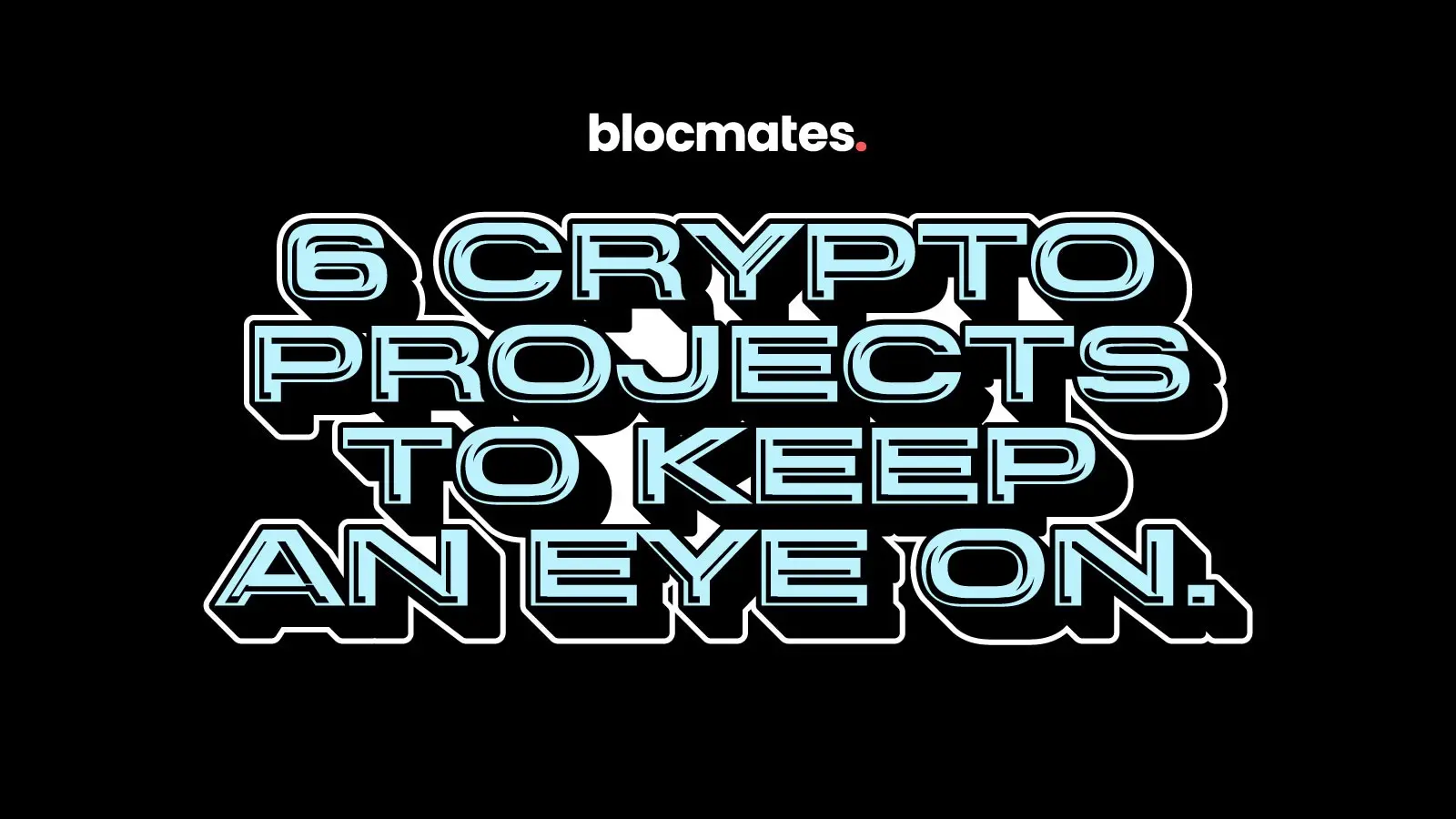
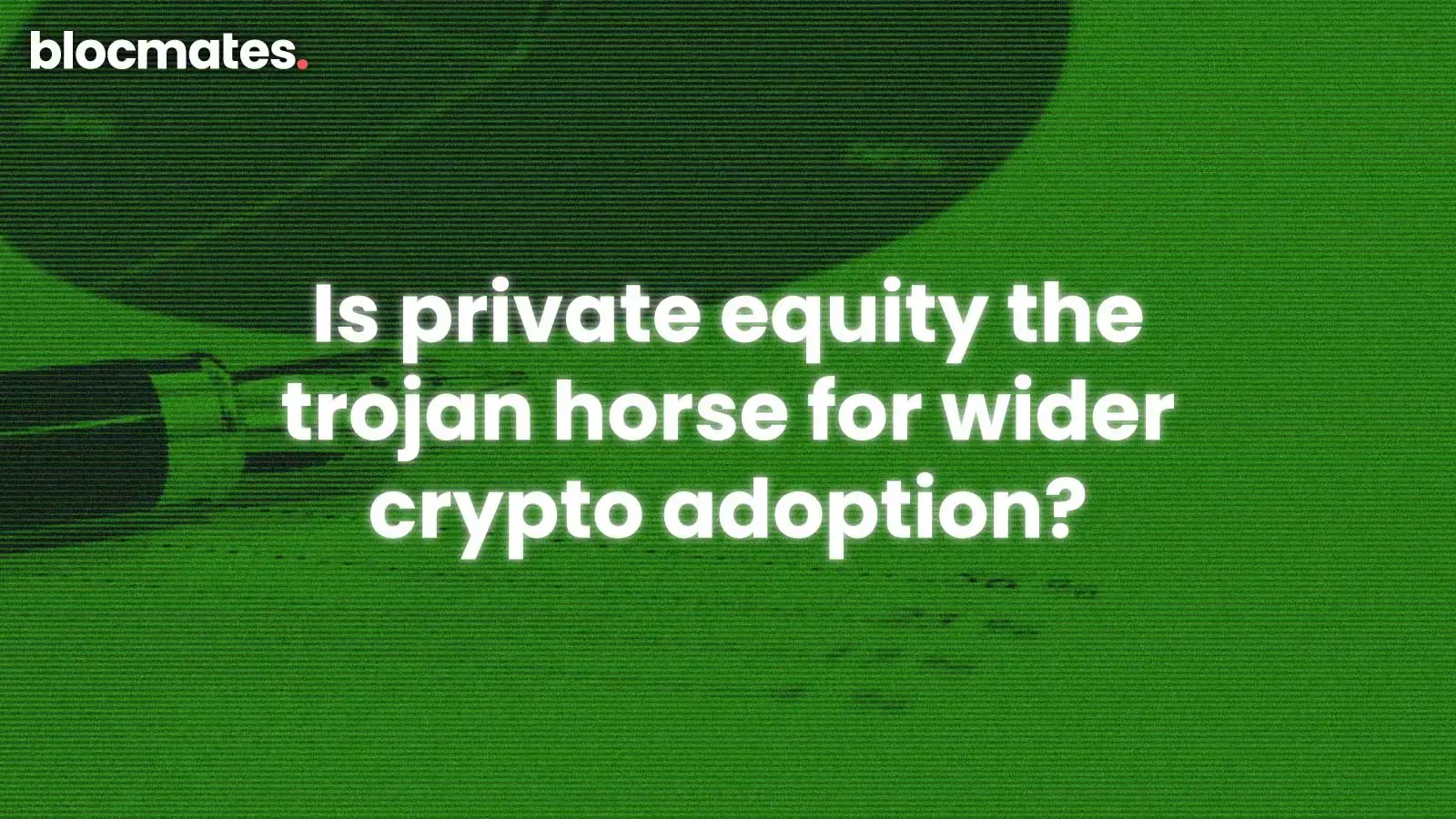
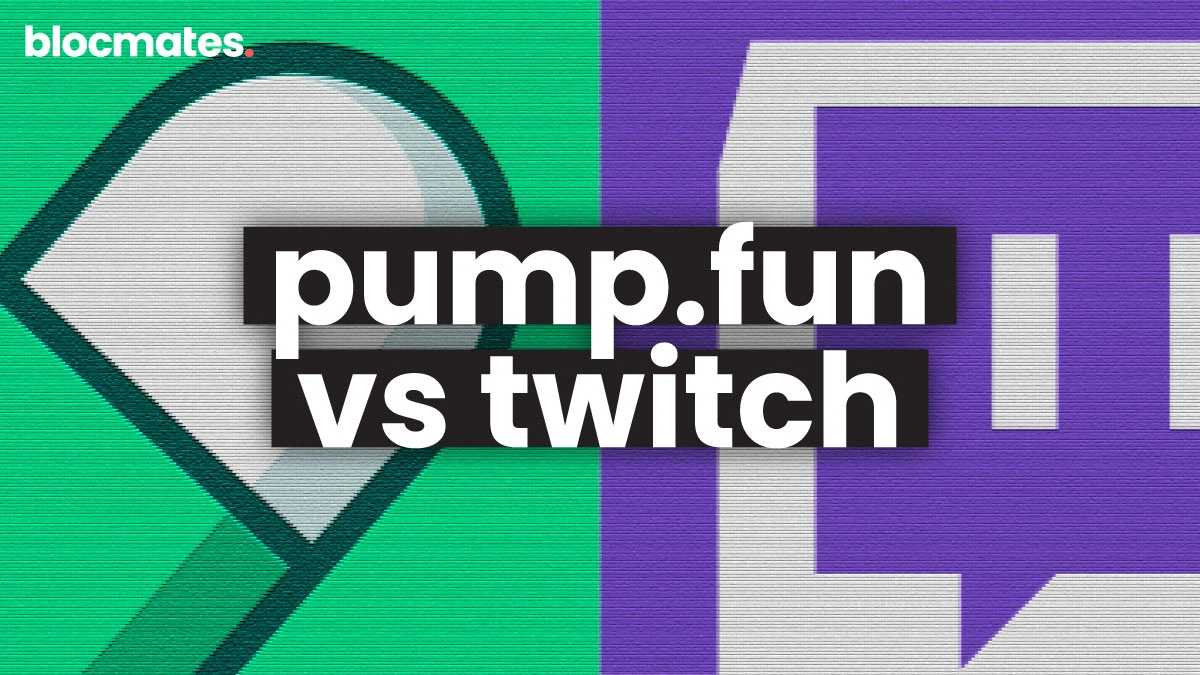

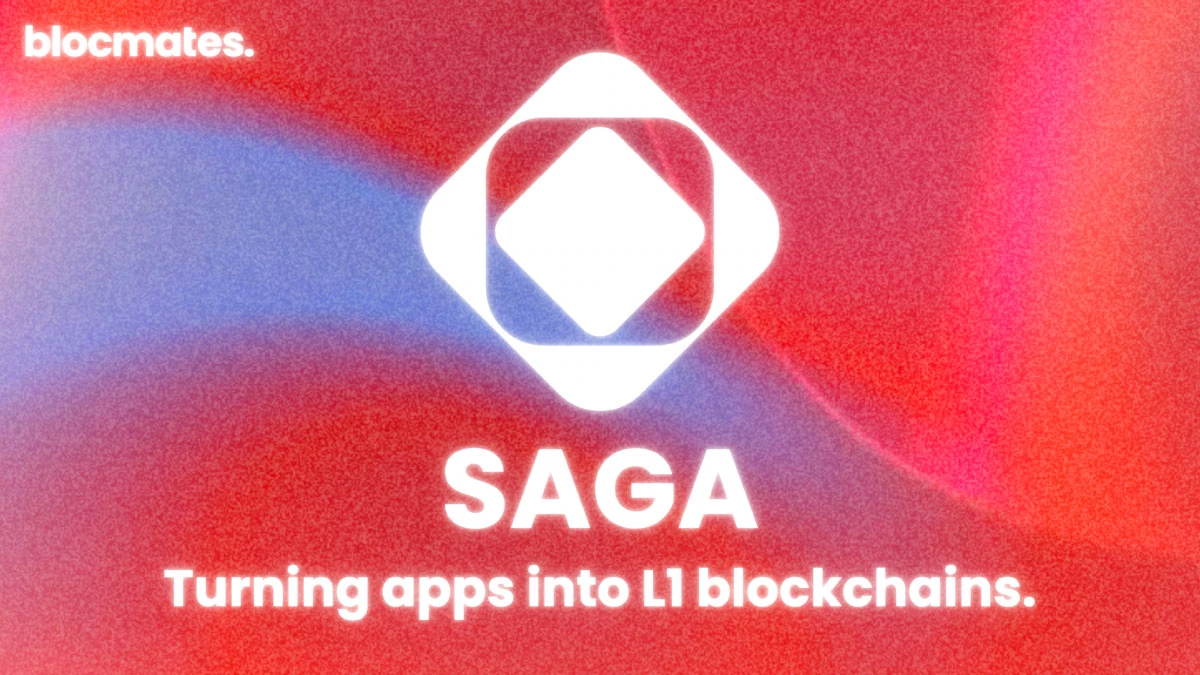


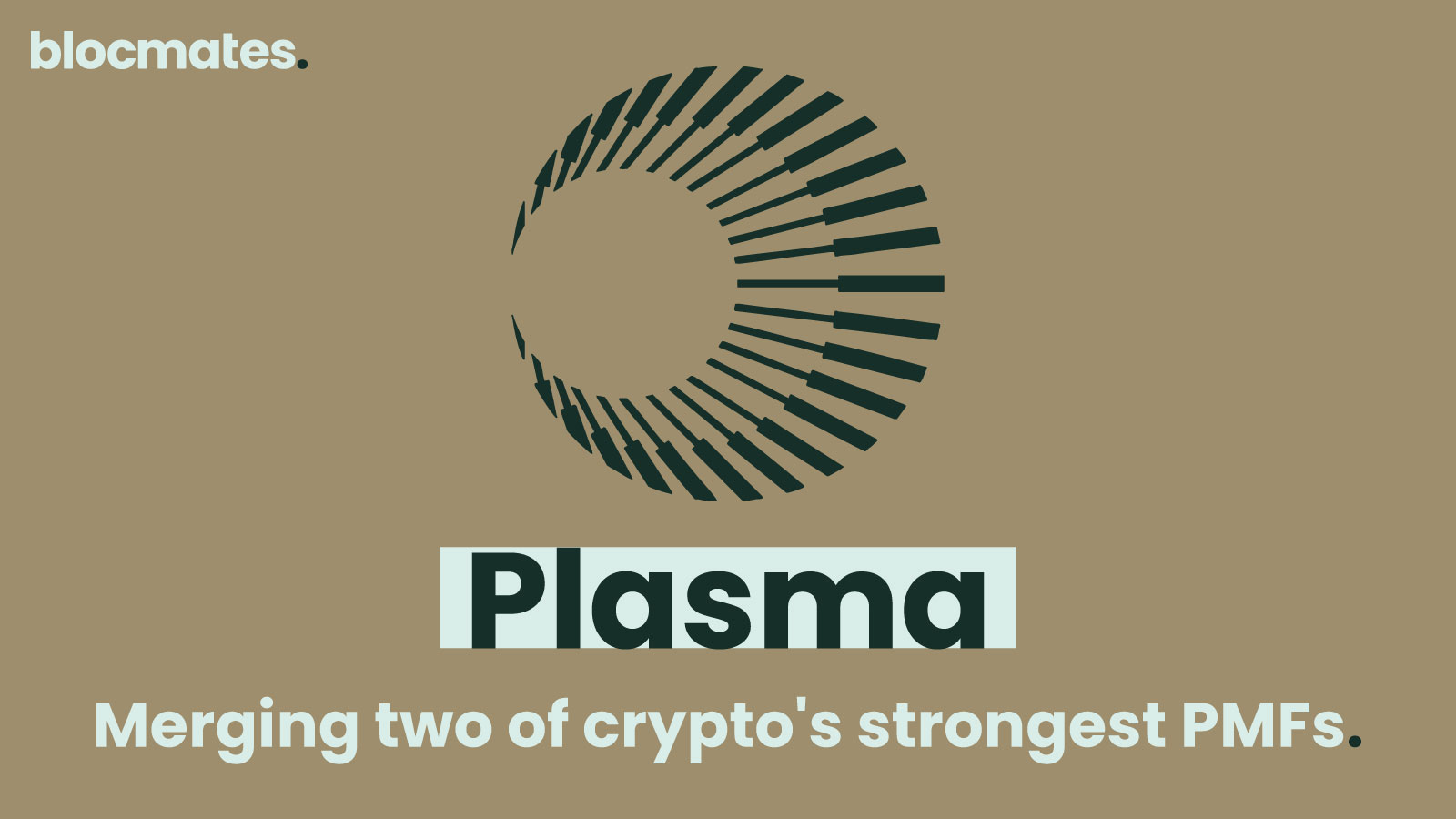

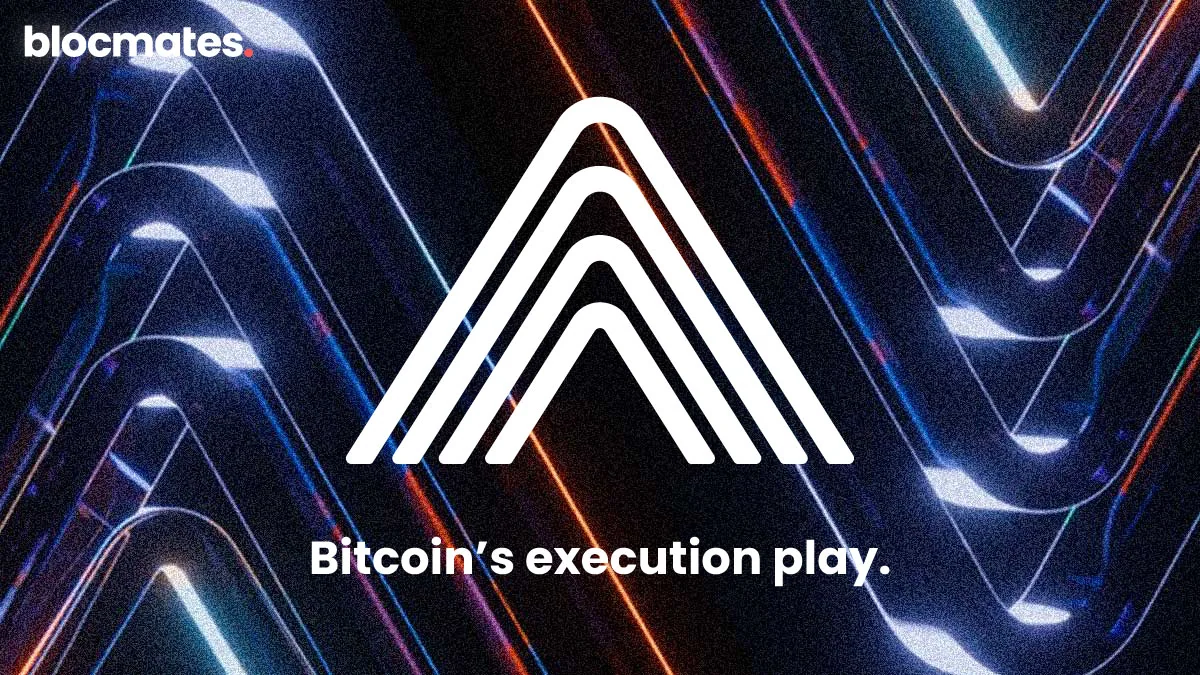
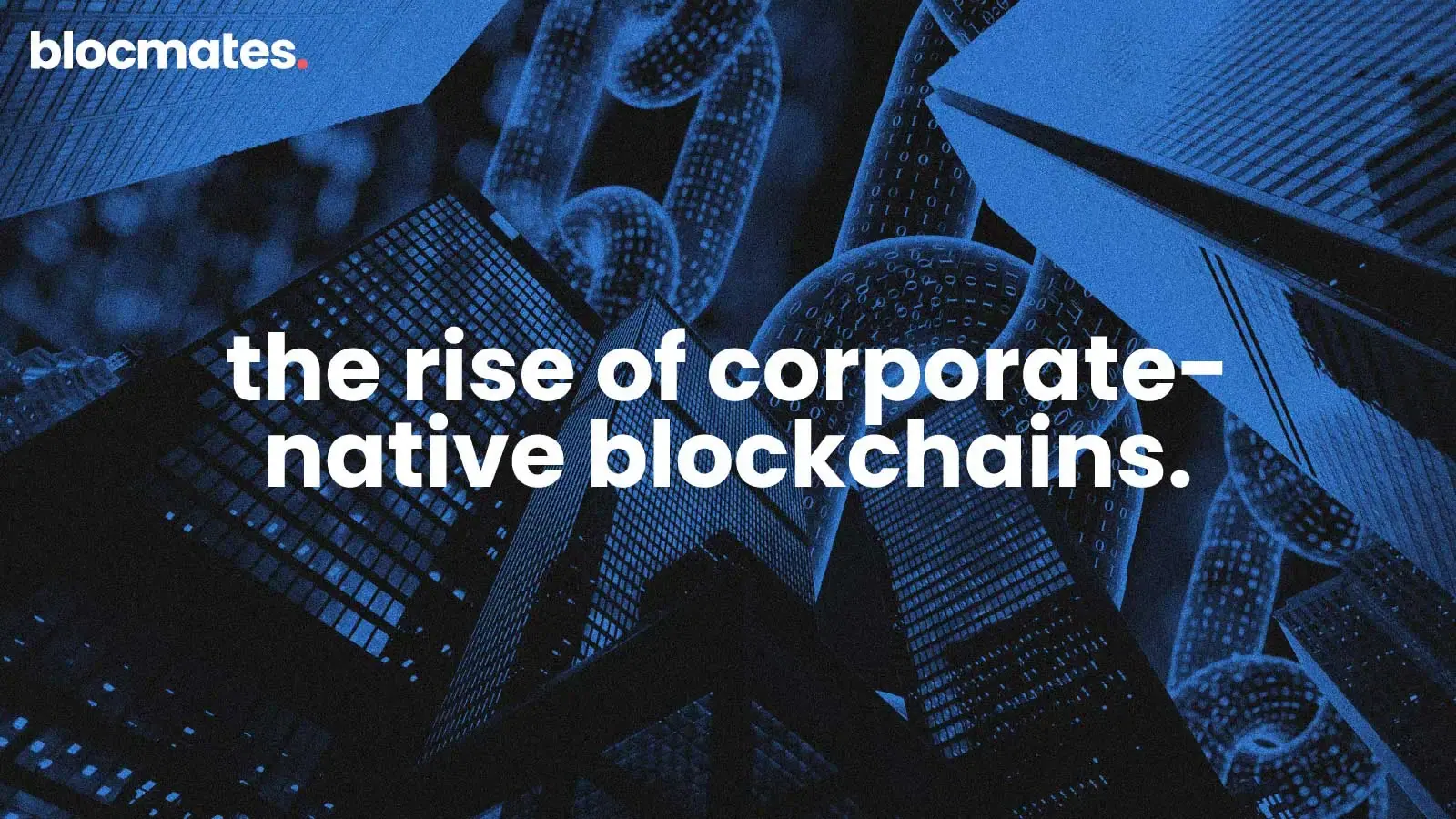
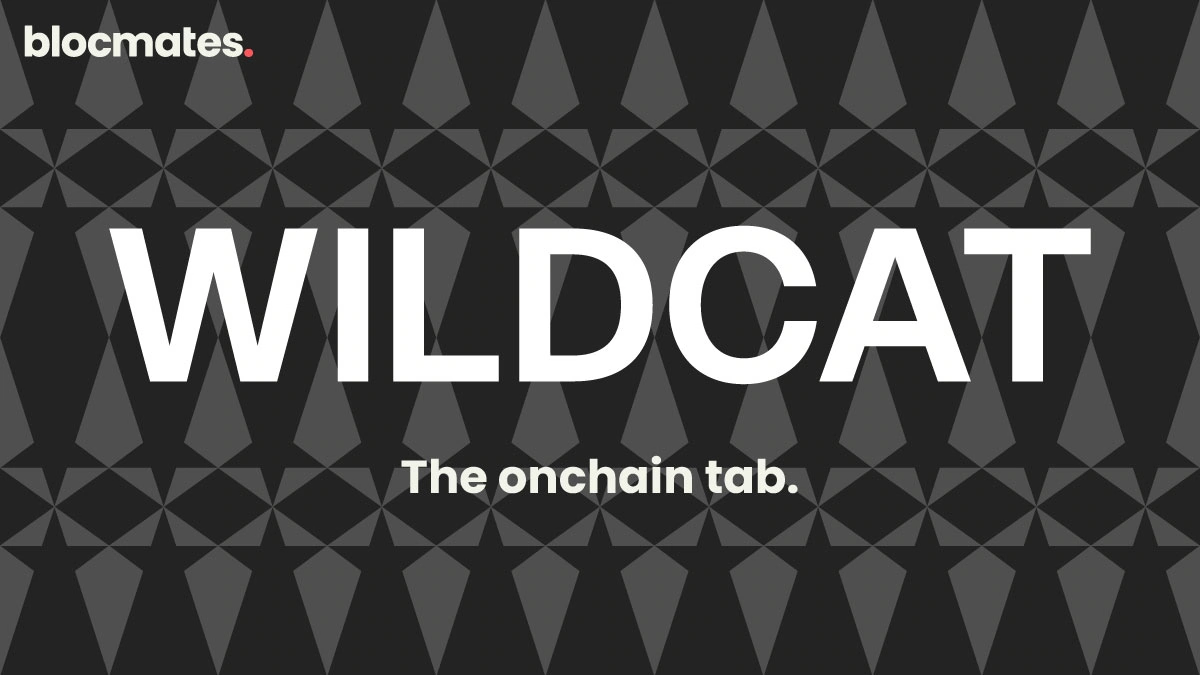
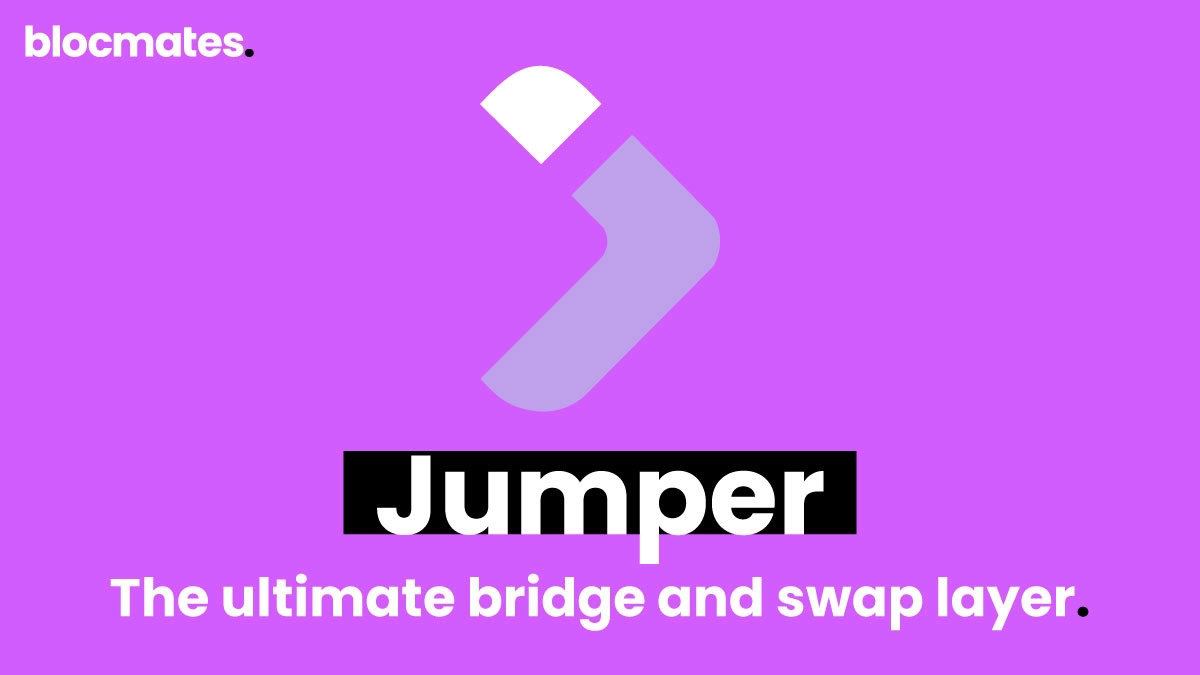
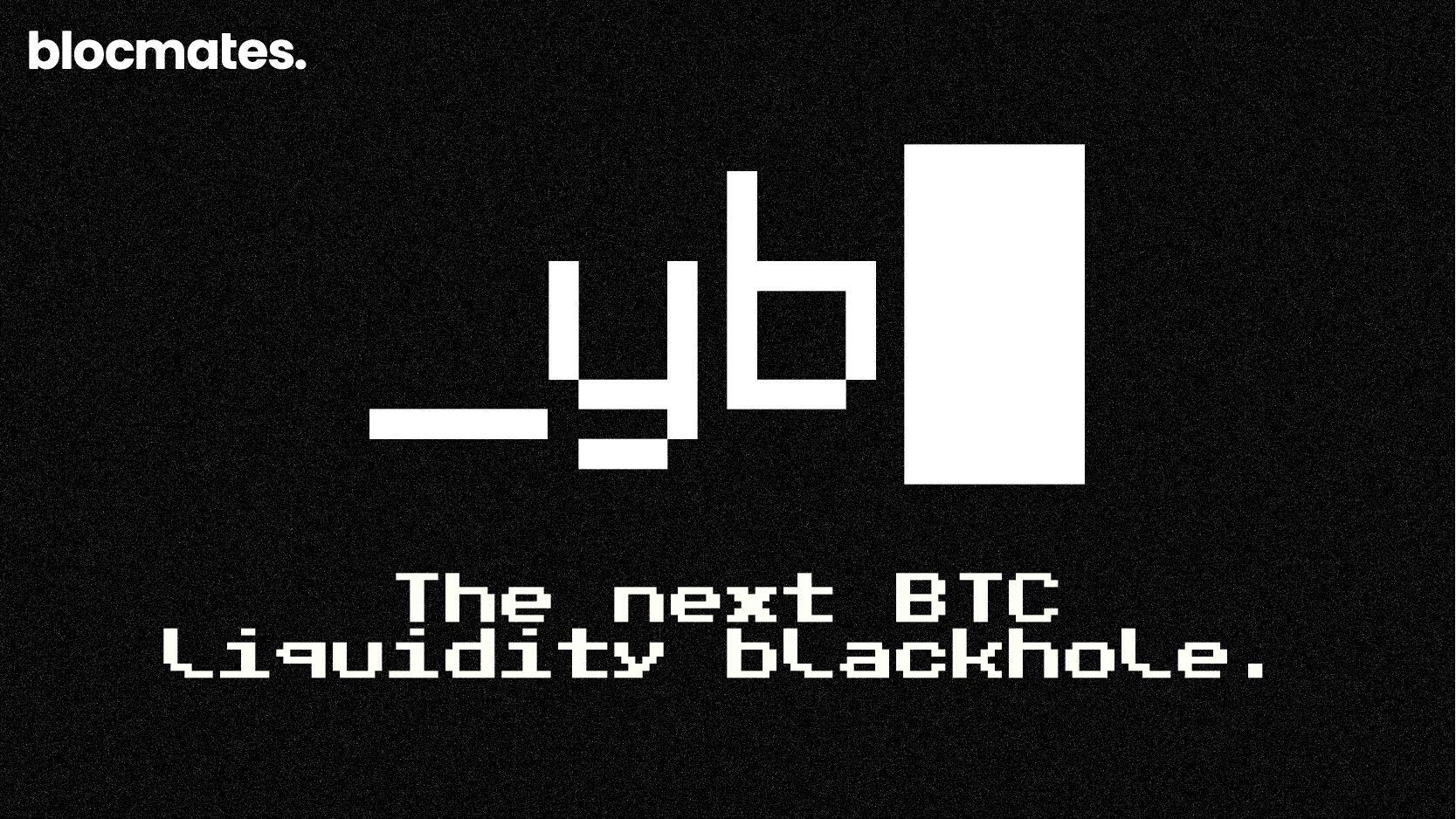
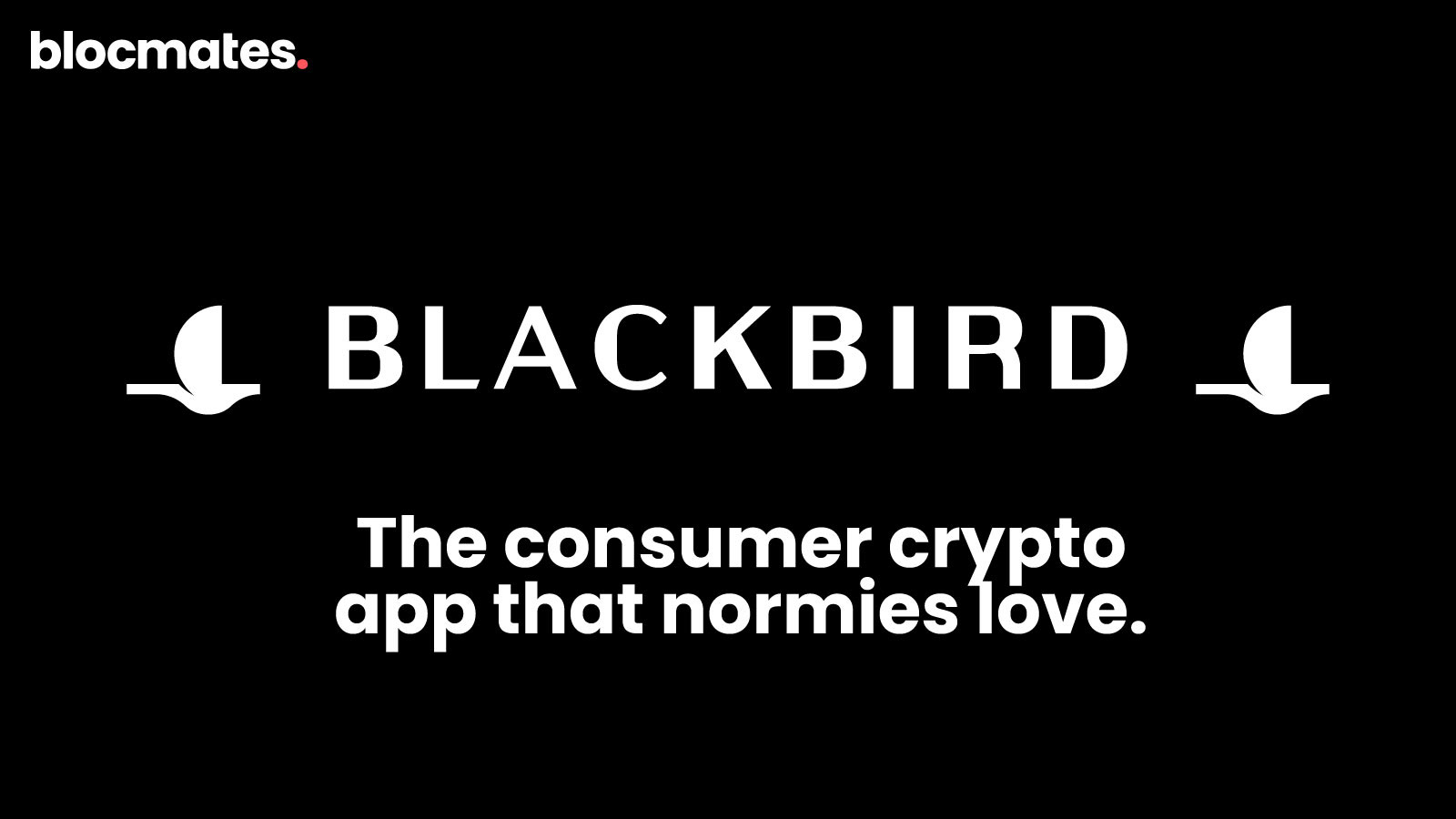
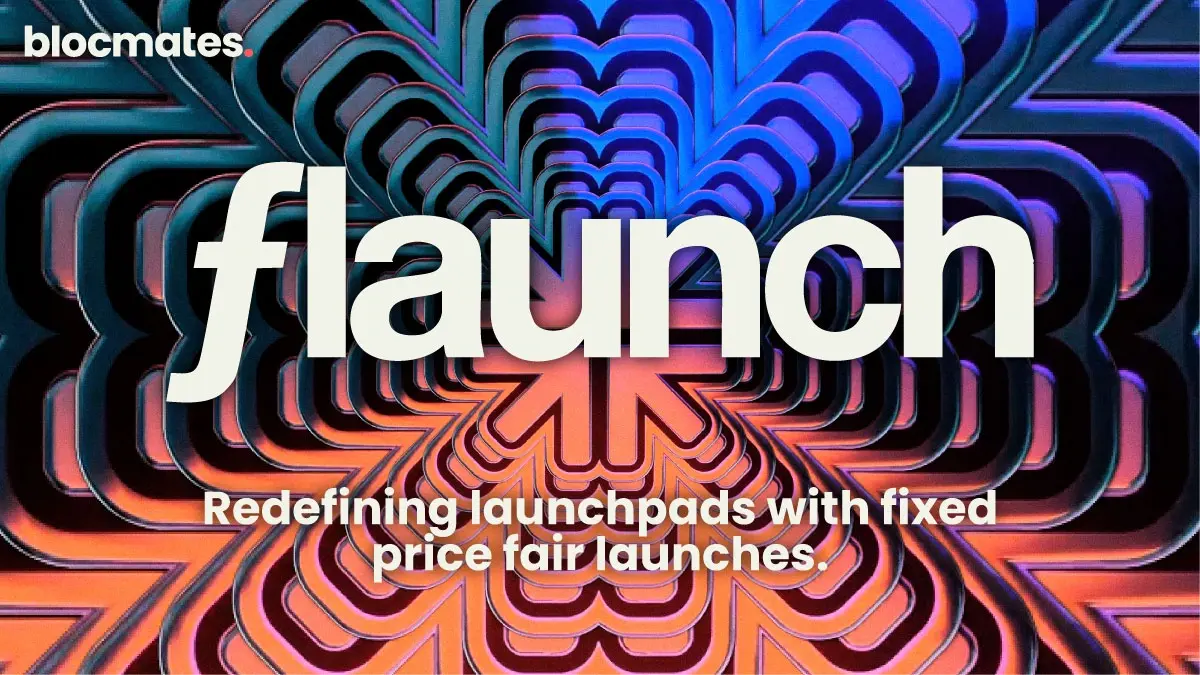

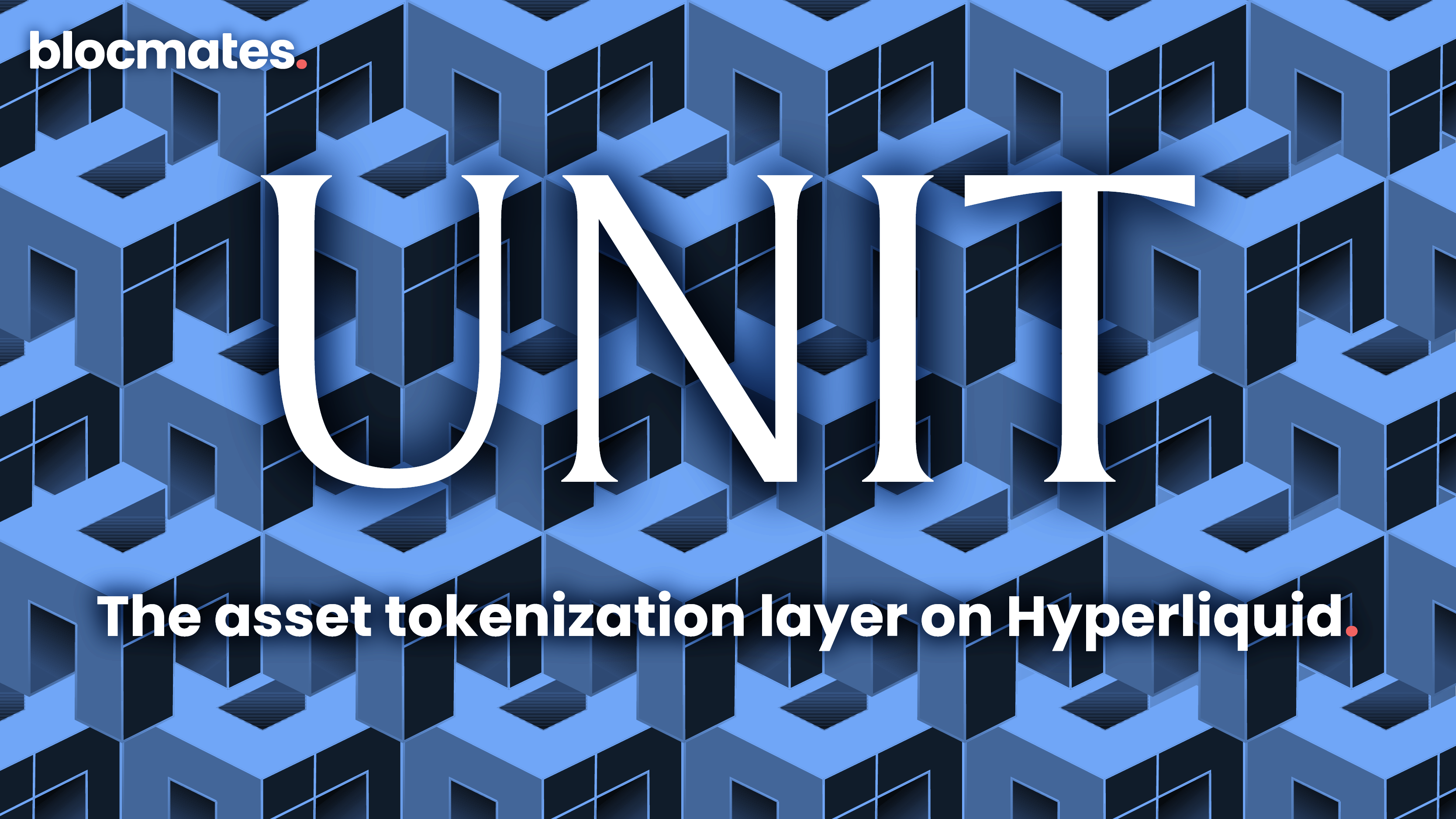




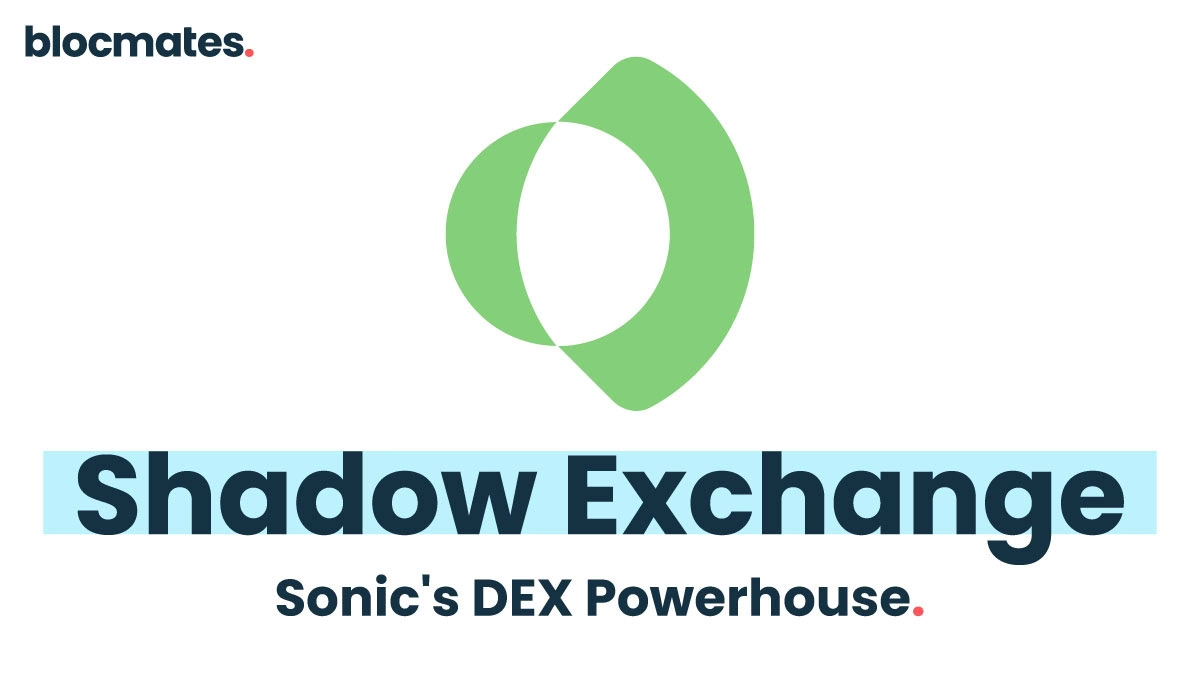


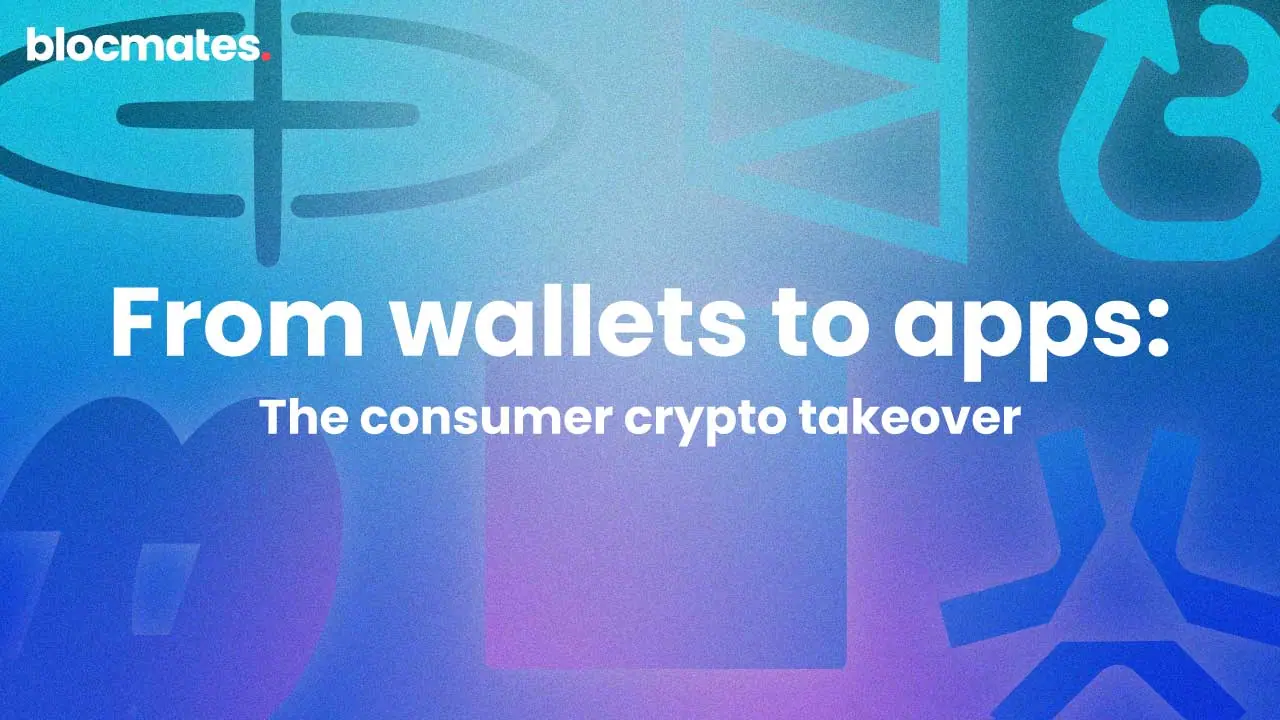



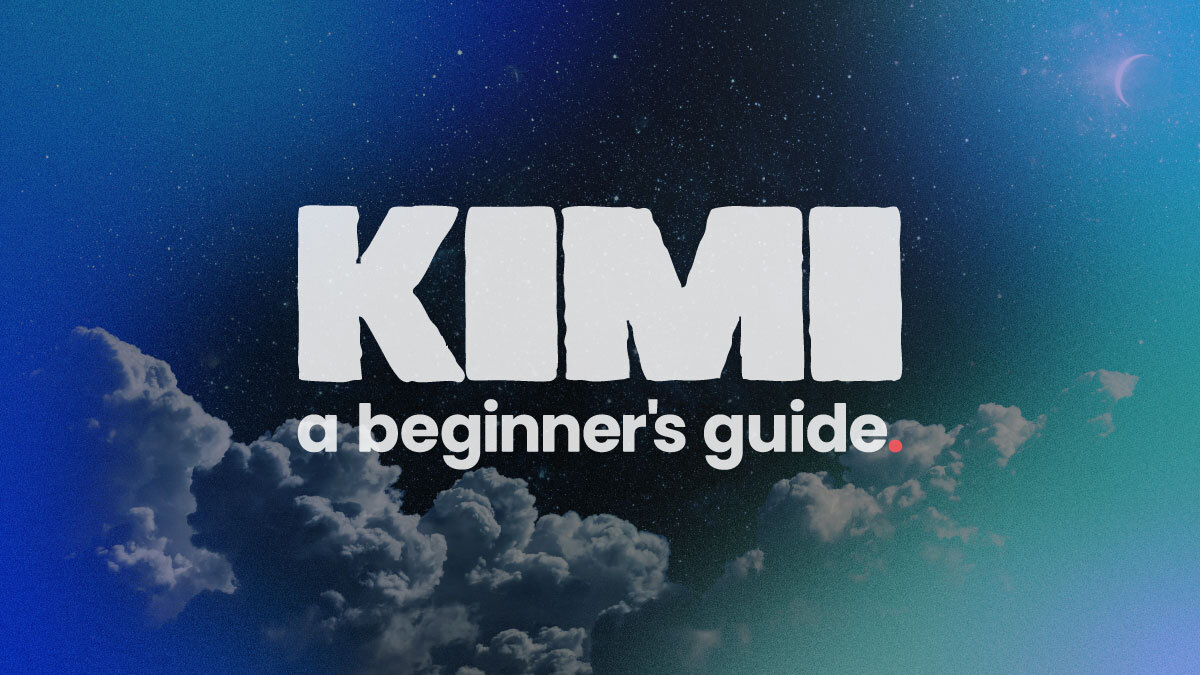
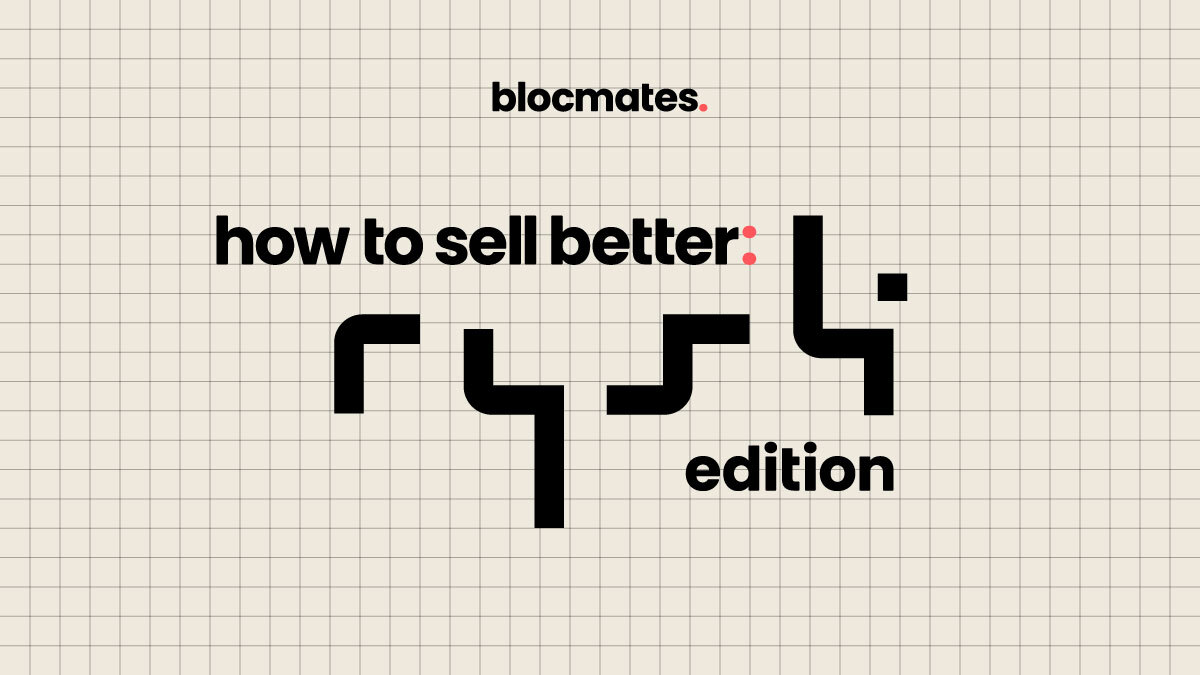


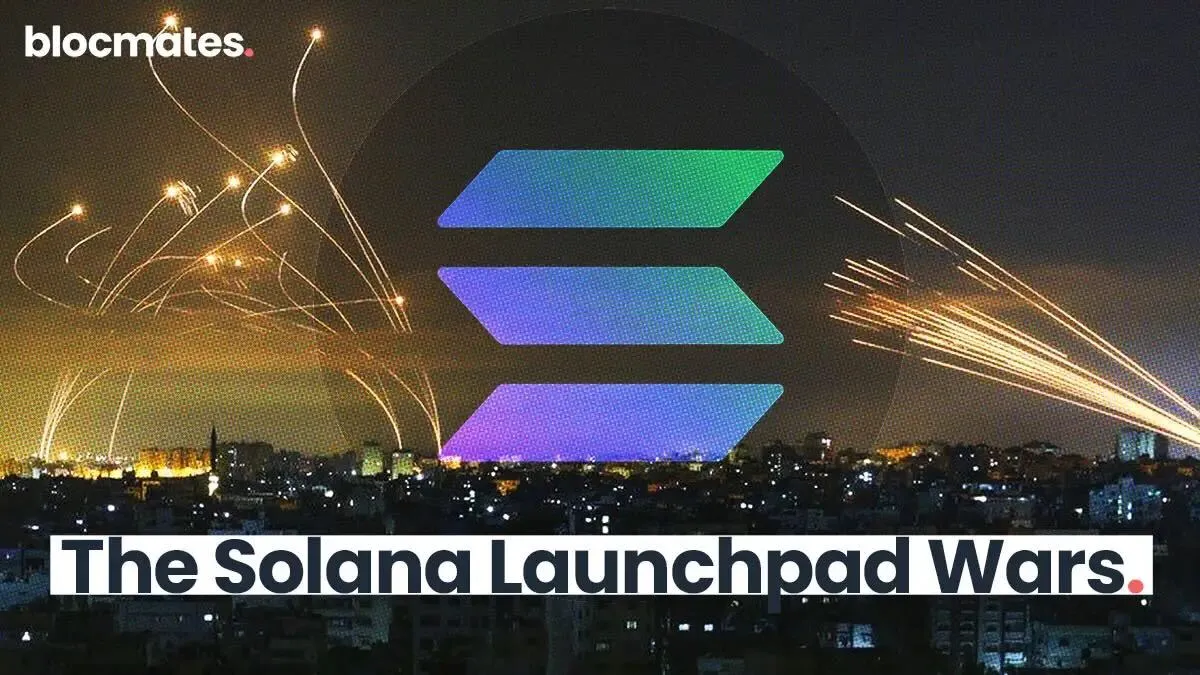




















%202.webp)


.webp)

.webp)
.webp)
.webp)



.webp)

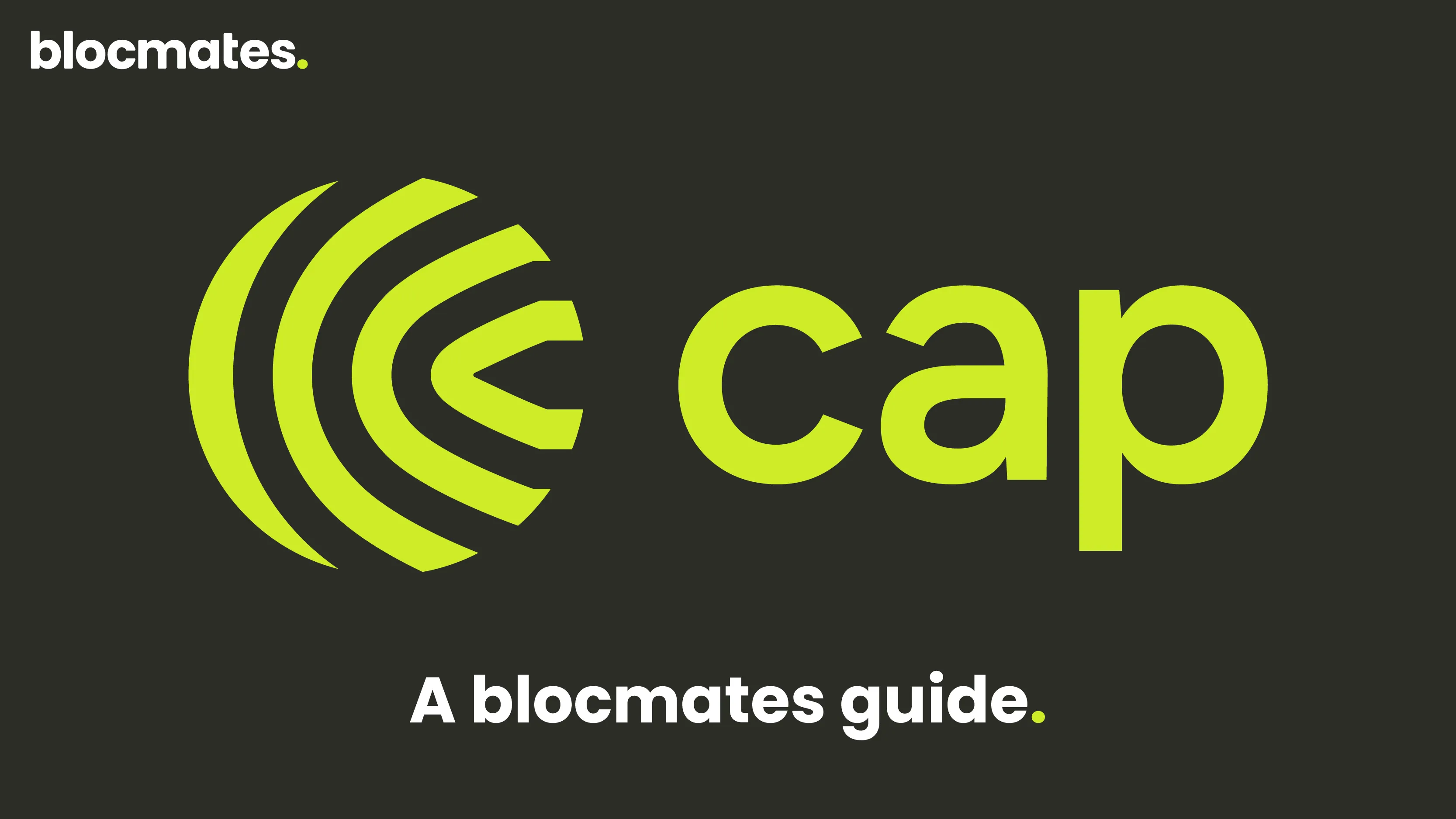










%20the%20Next%20Big%20Unlock%20in%20AI.webp)




.webp)
.webp)

.webp)
.webp)
.webp)


.webp)
.webp)










.webp)


.webp)









.webp)







.webp)
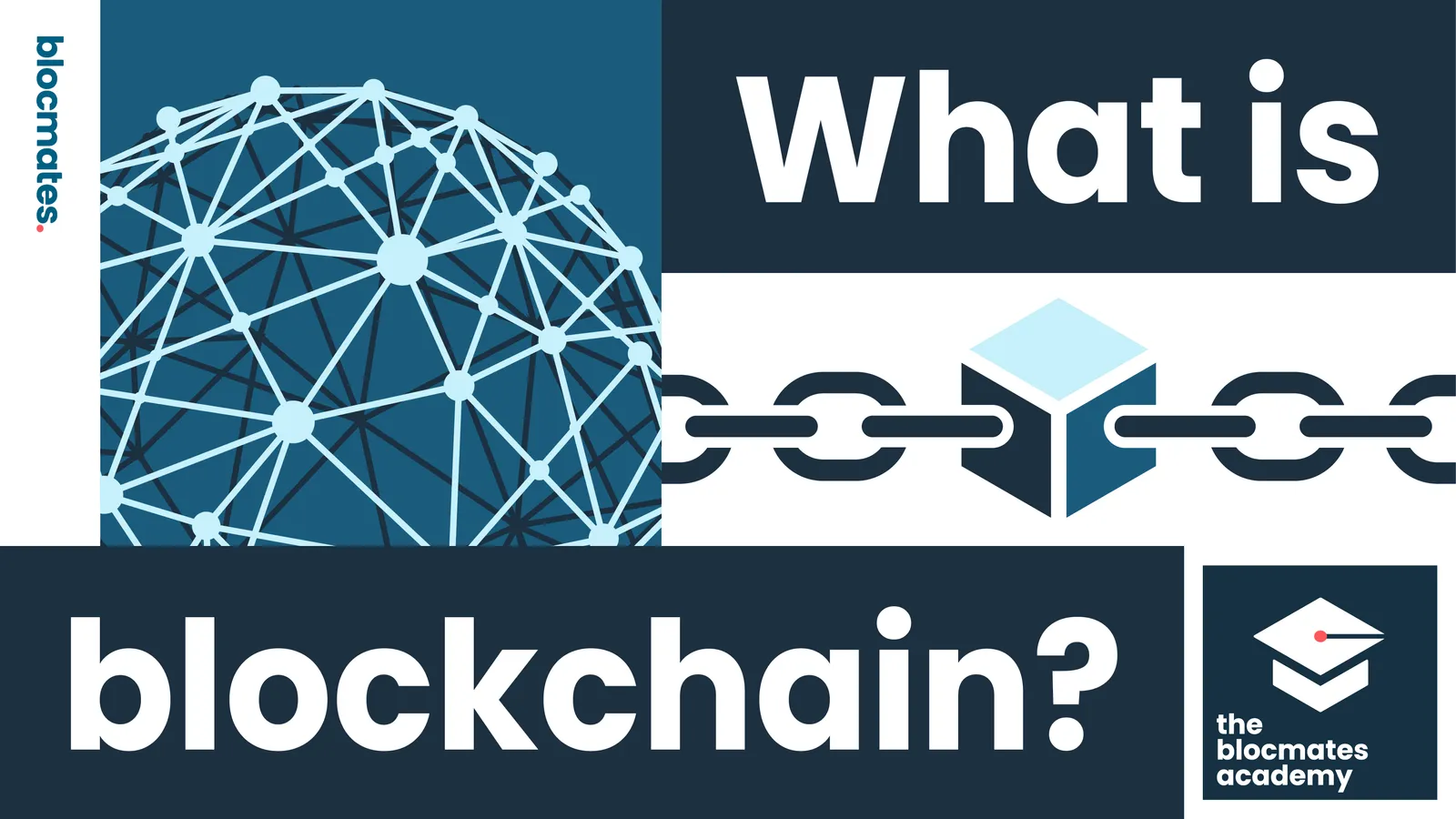



.webp)






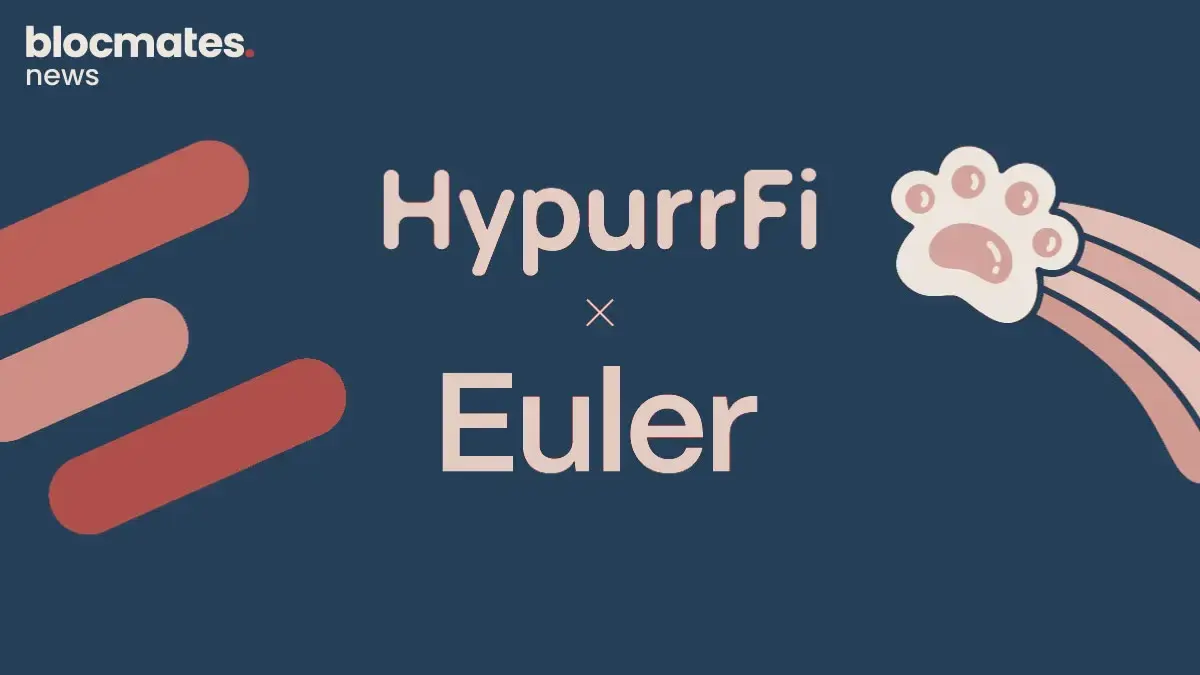







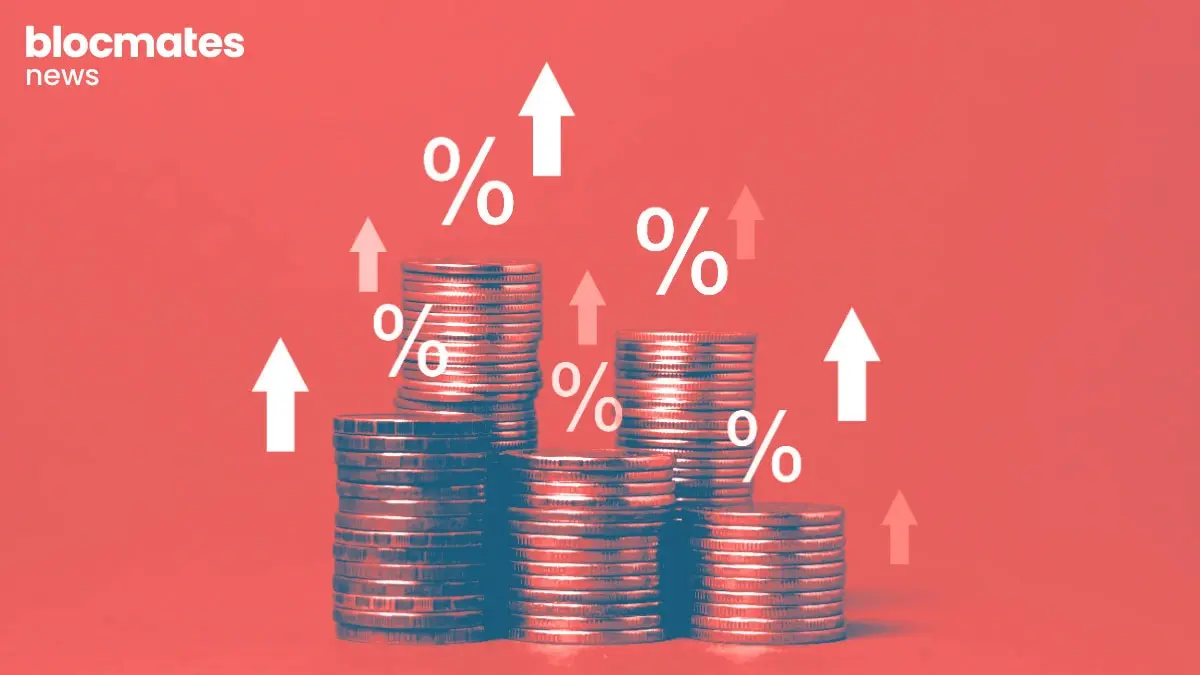


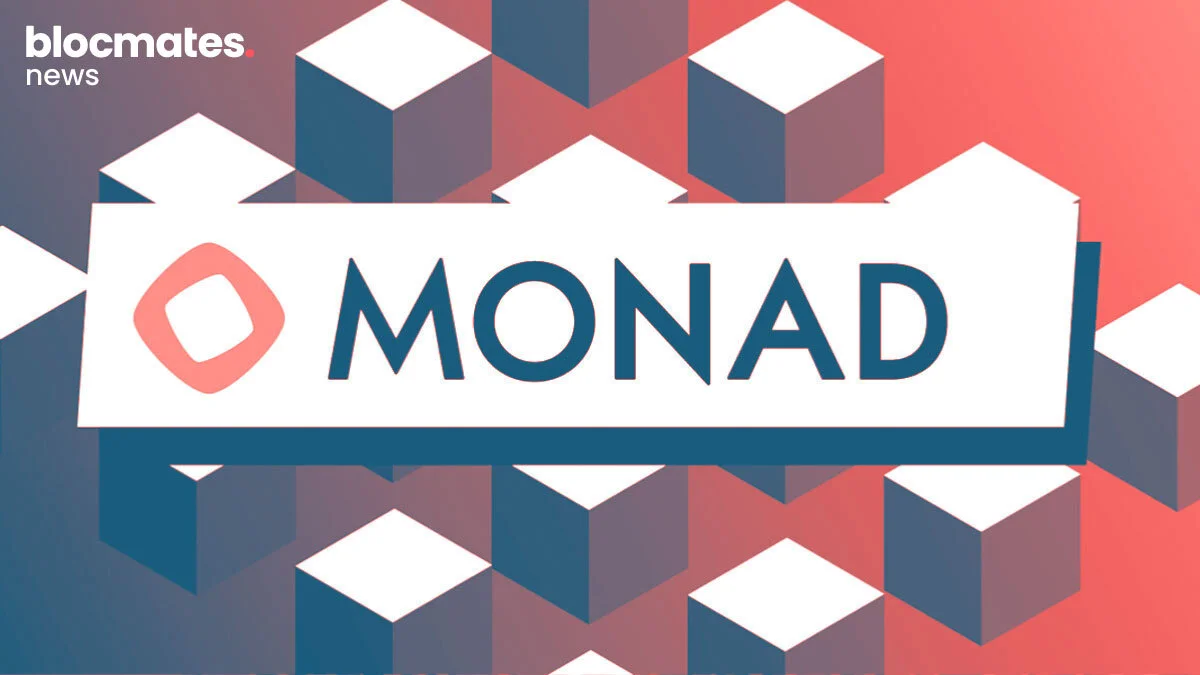
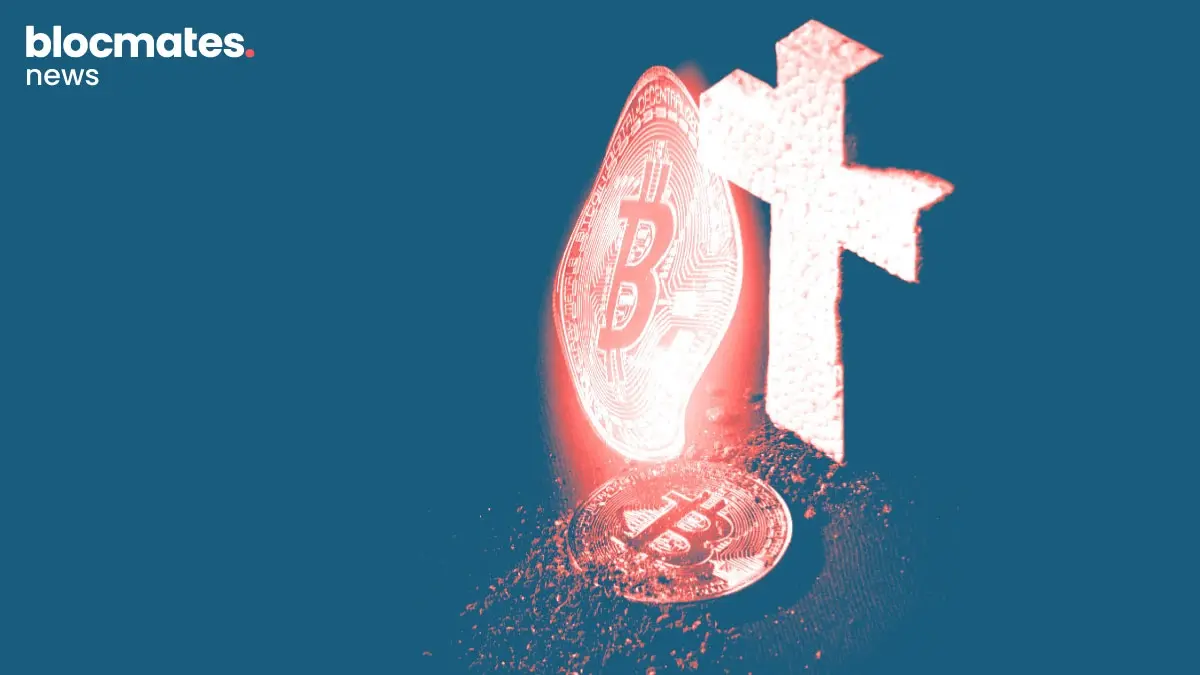





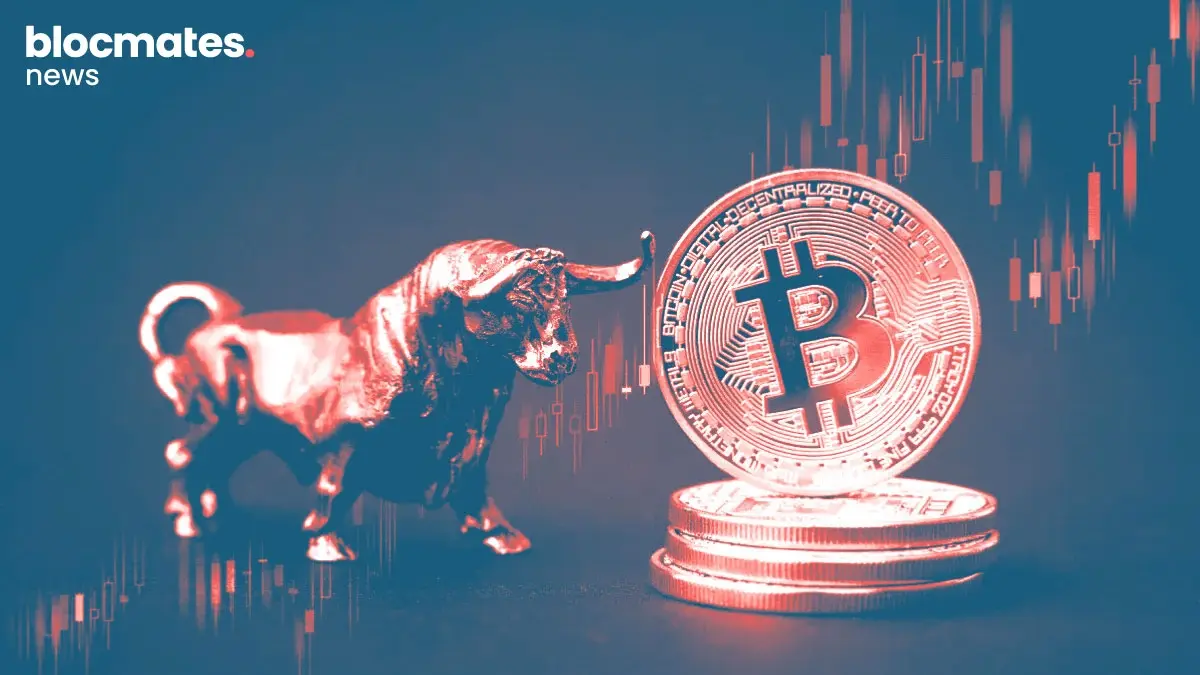

.webp)
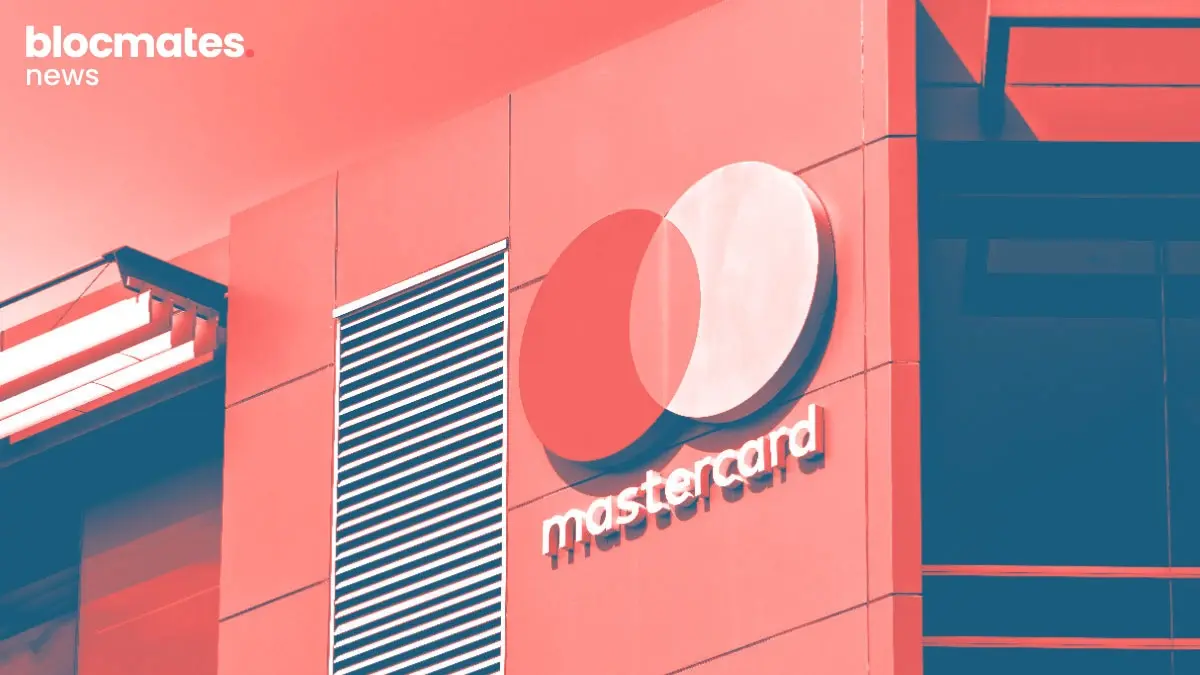


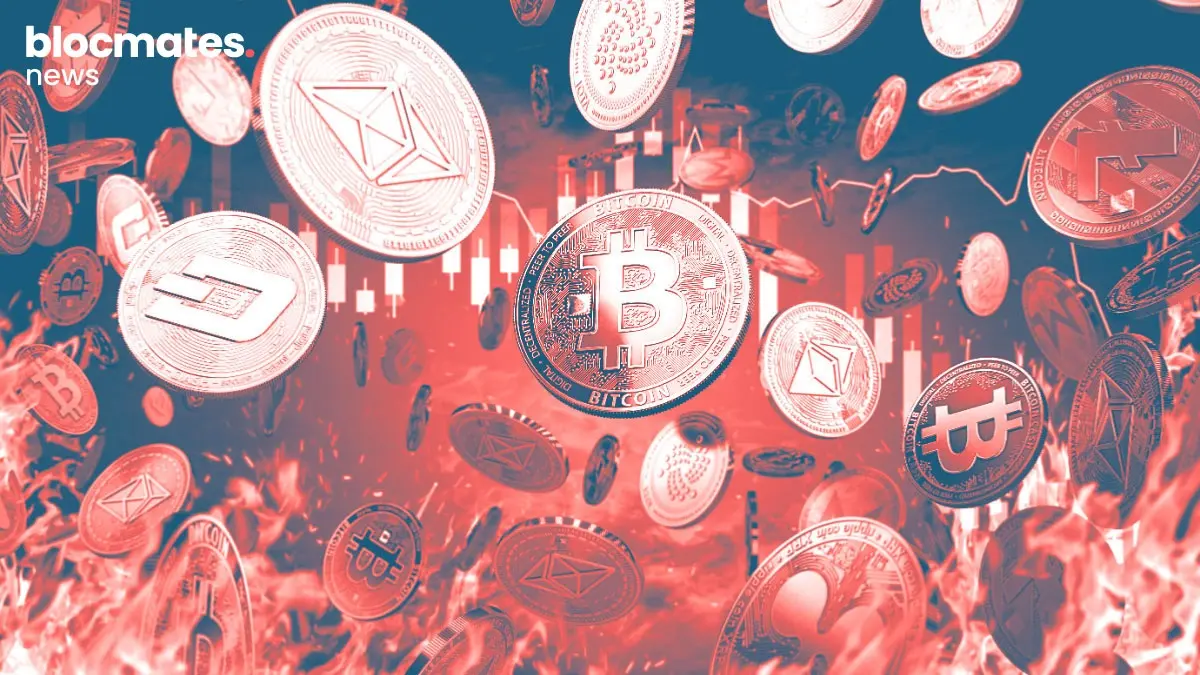



.webp)


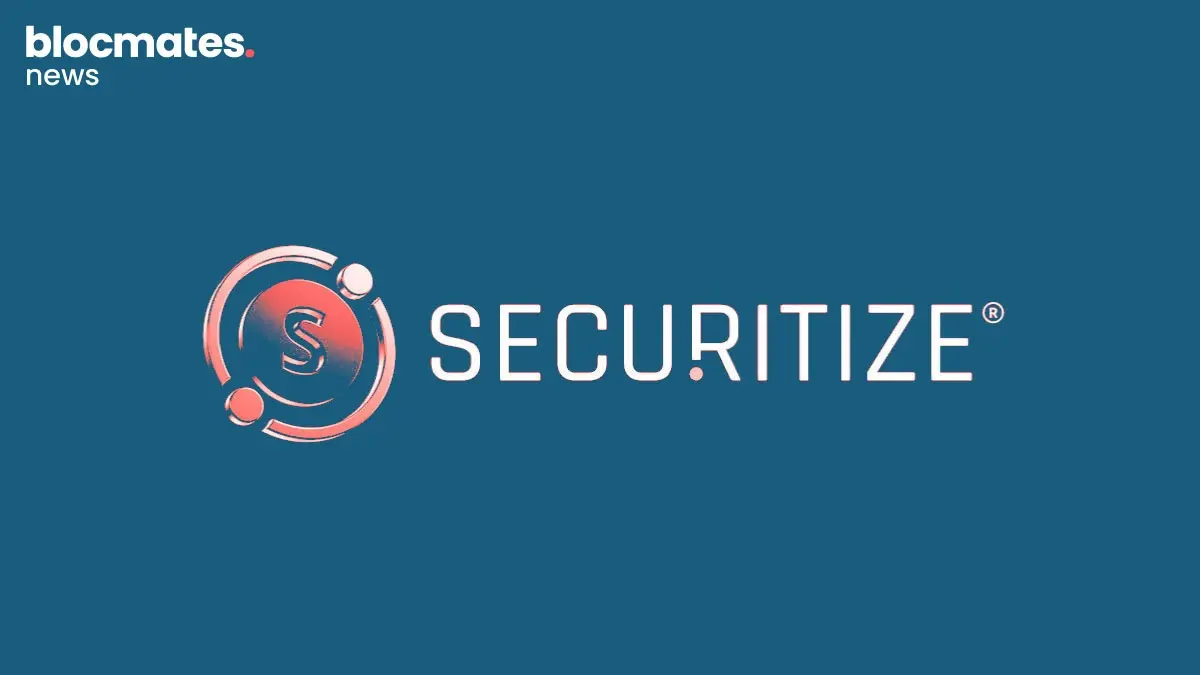

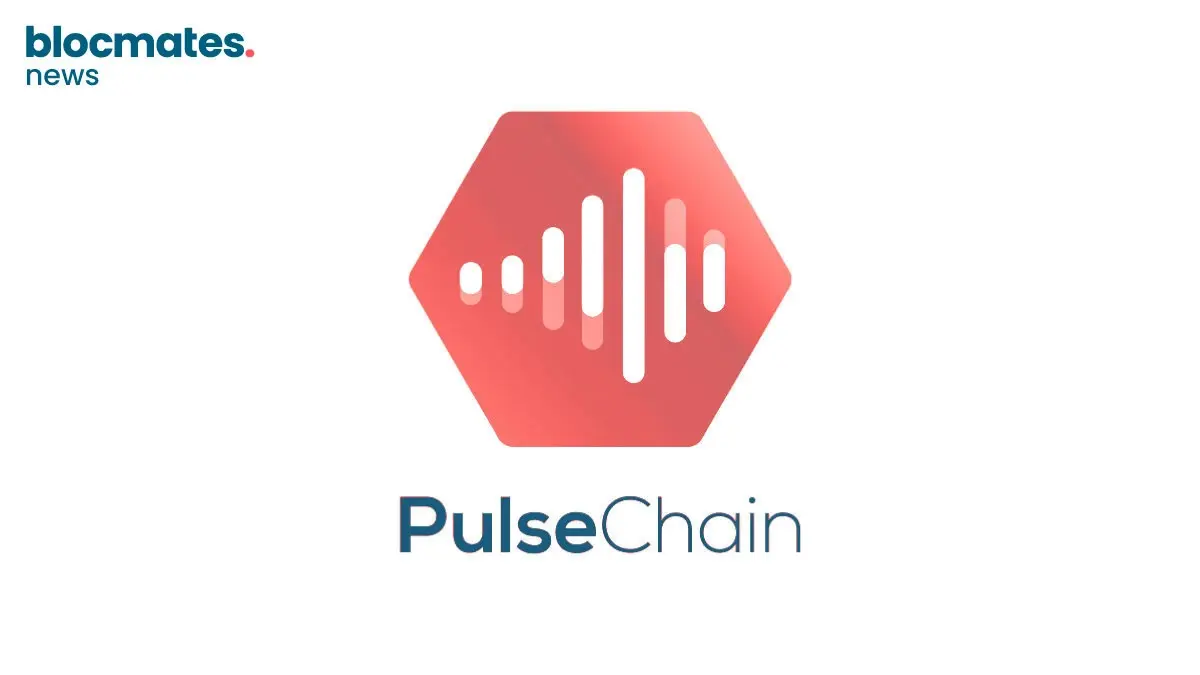
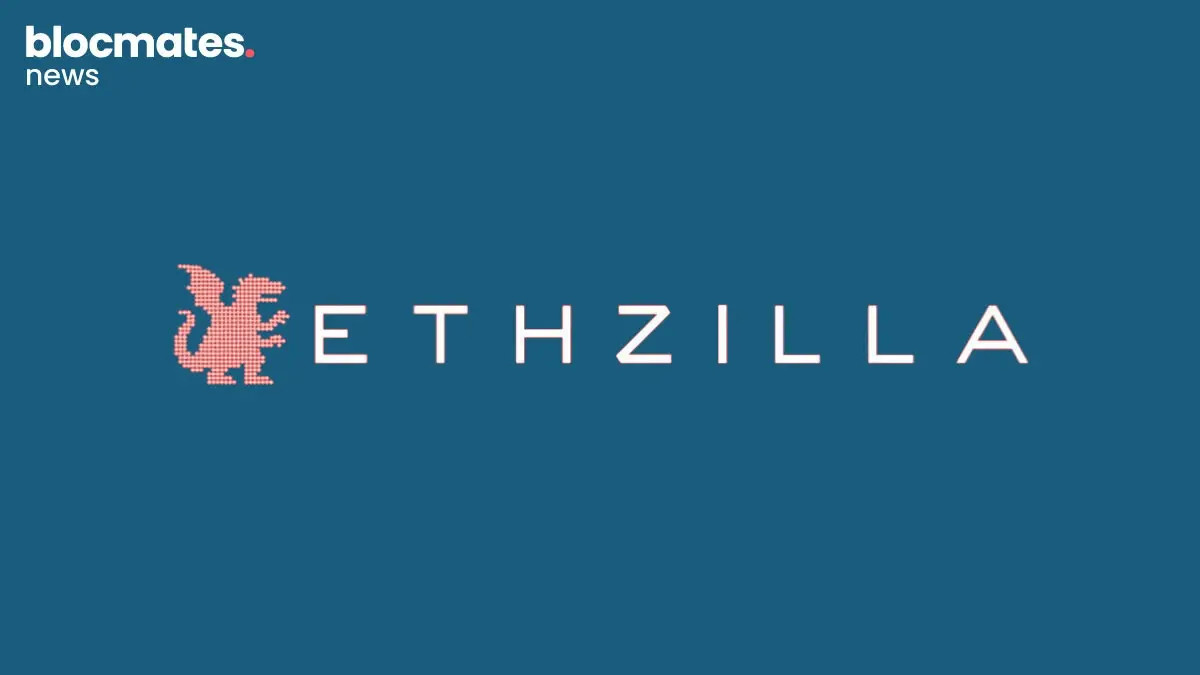
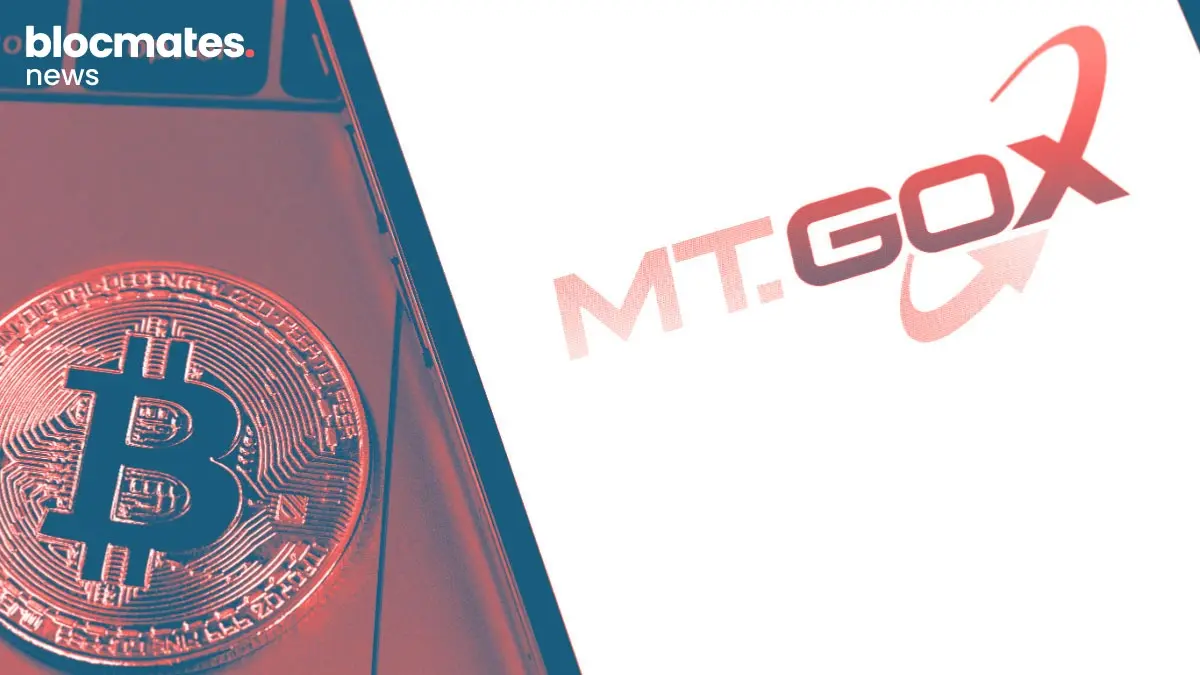
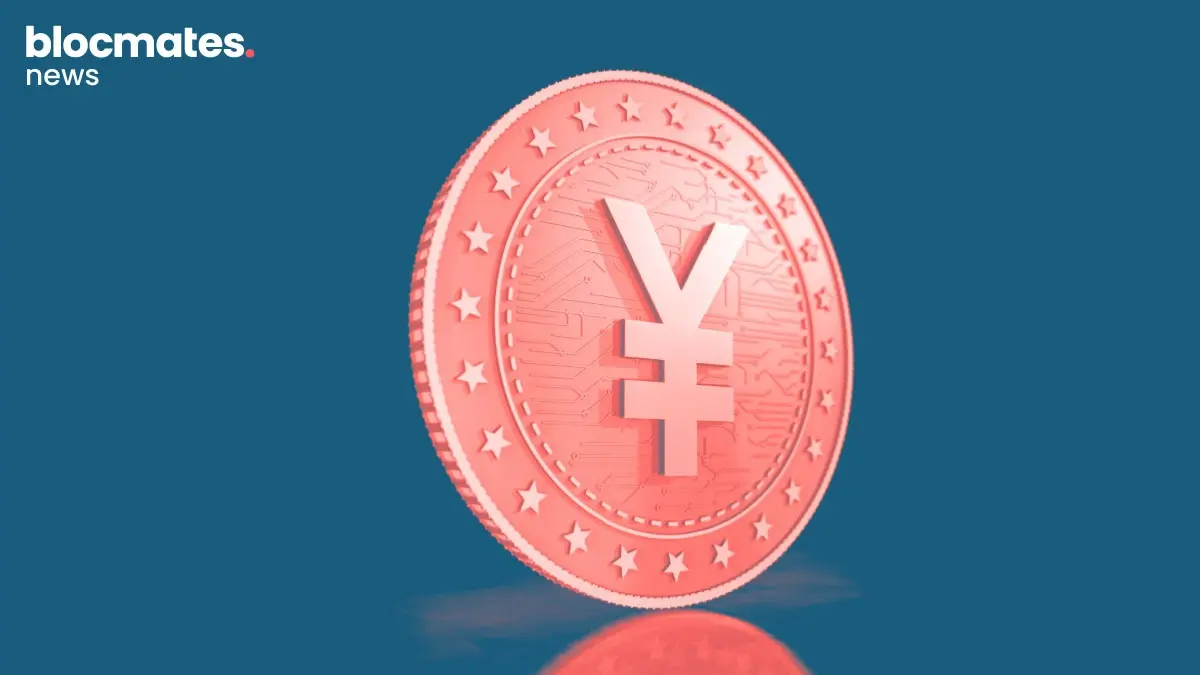
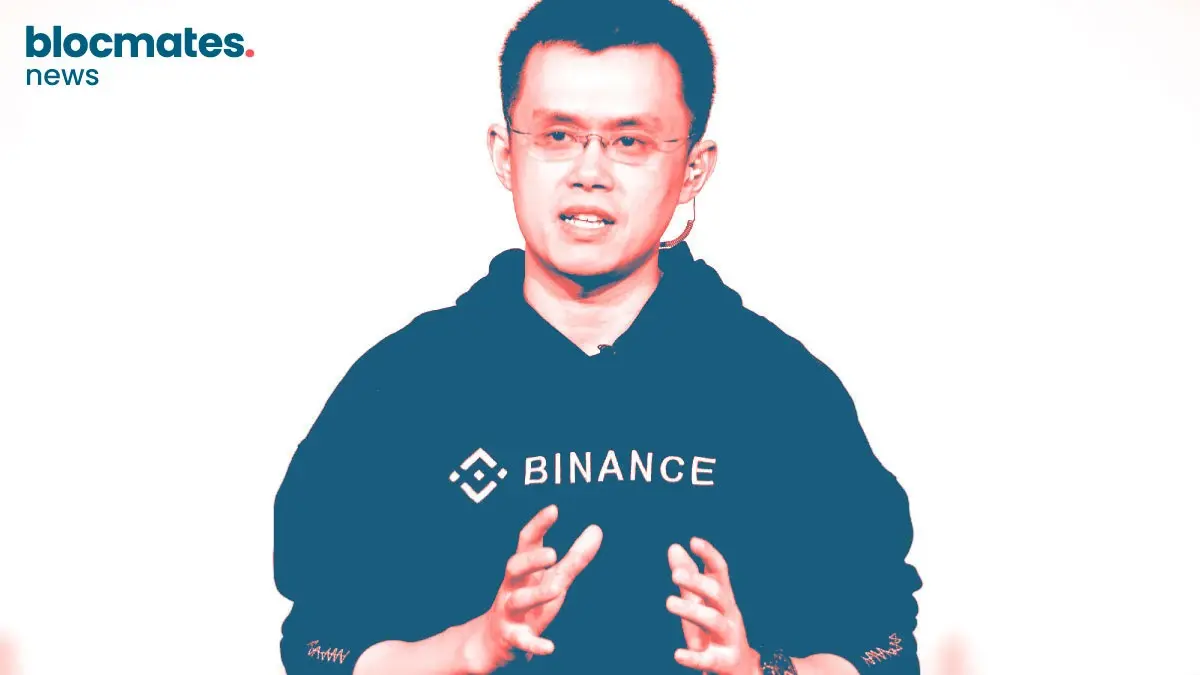


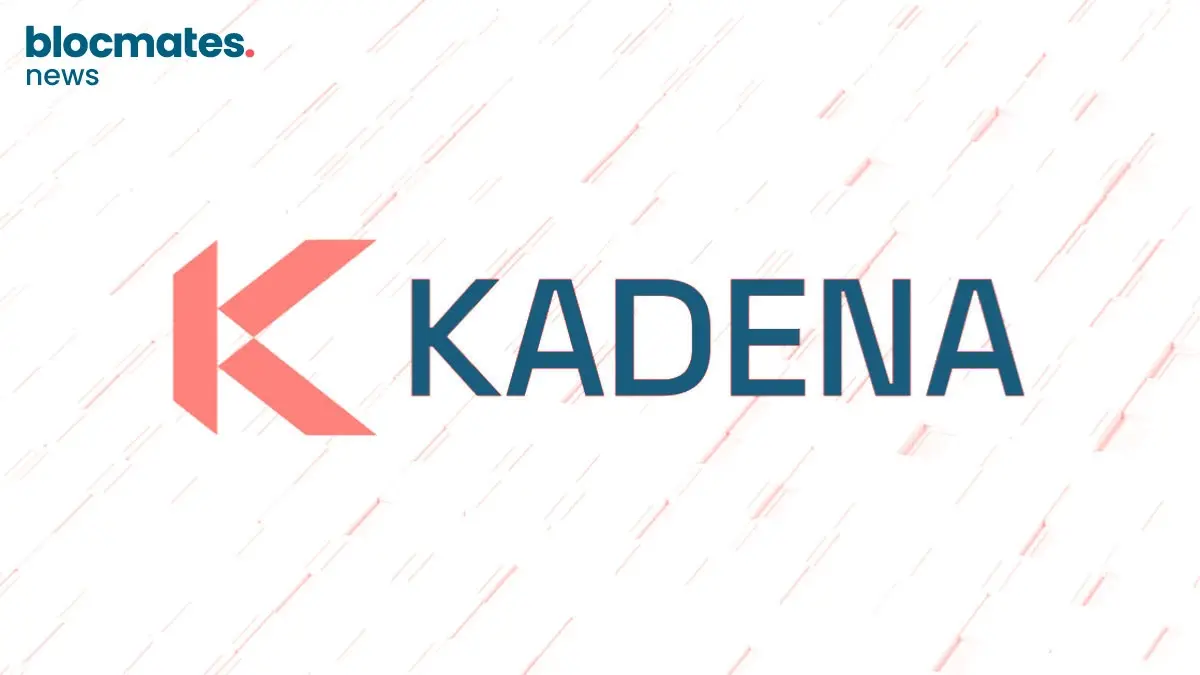

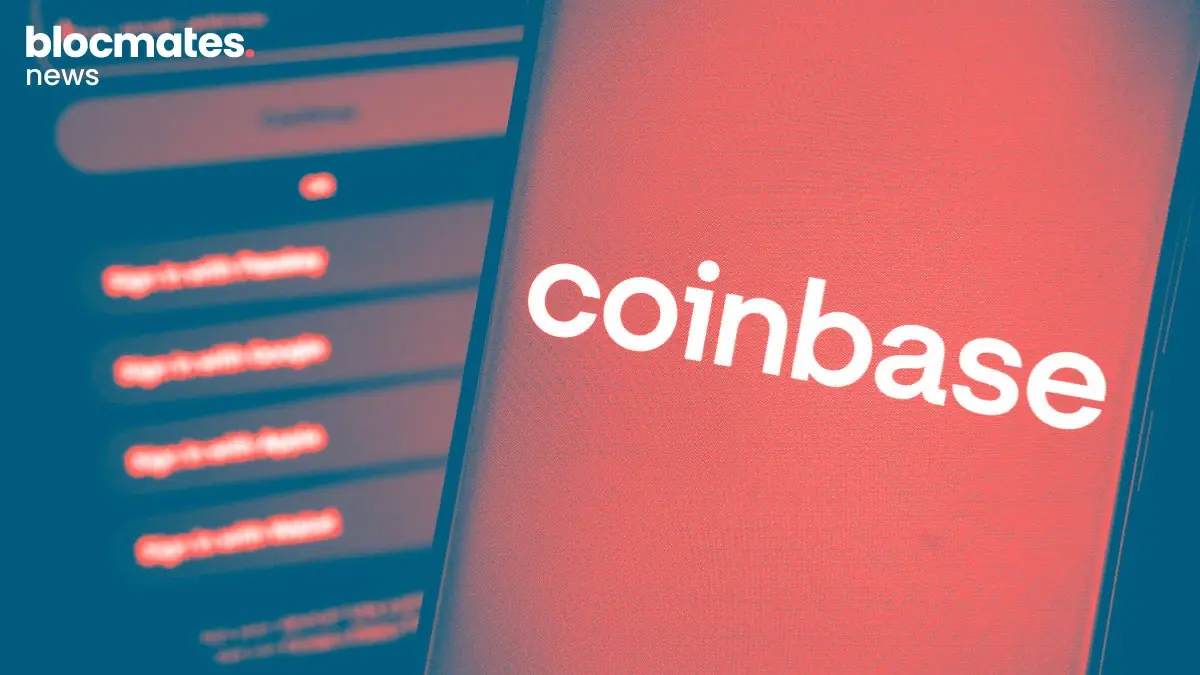
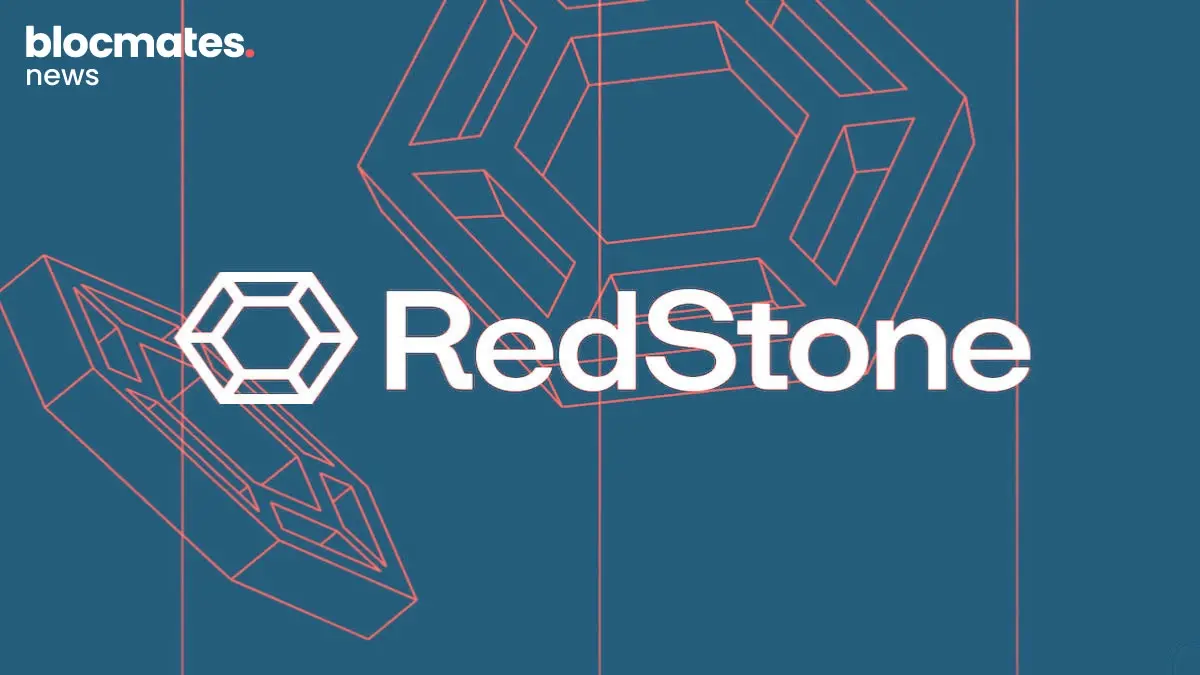
.webp)
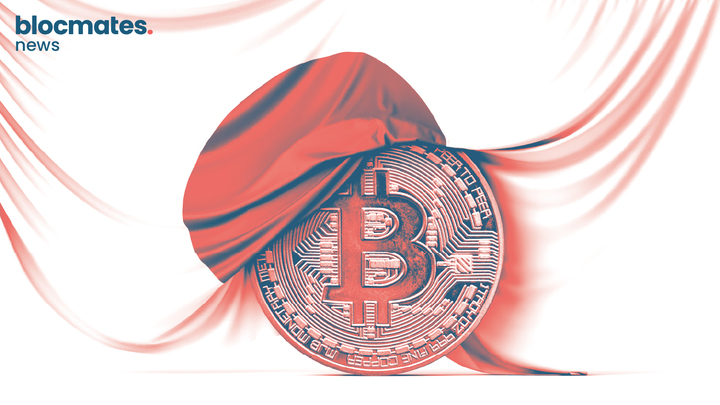
.webp)
.webp)

.webp)


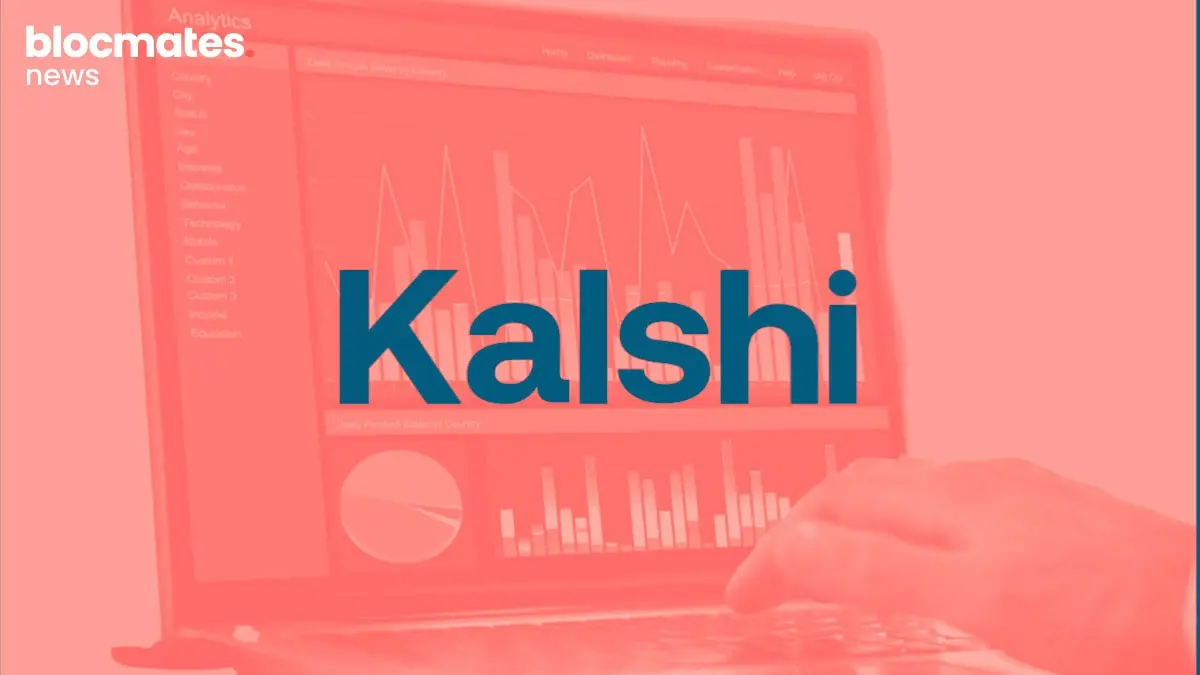
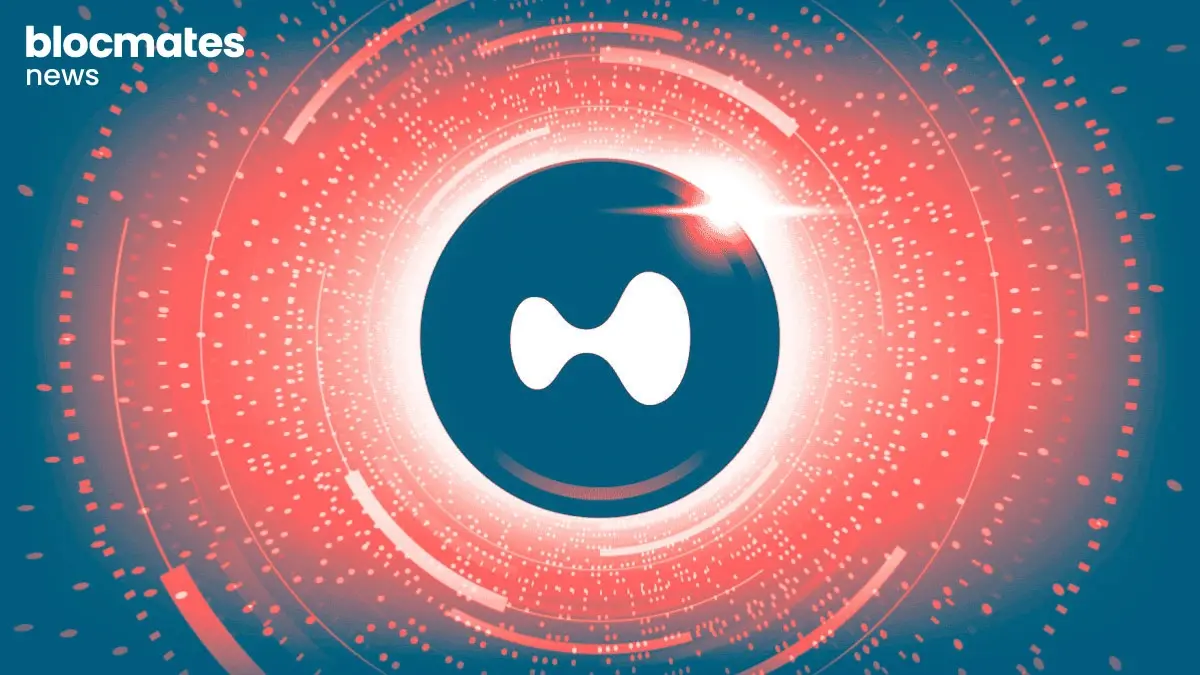




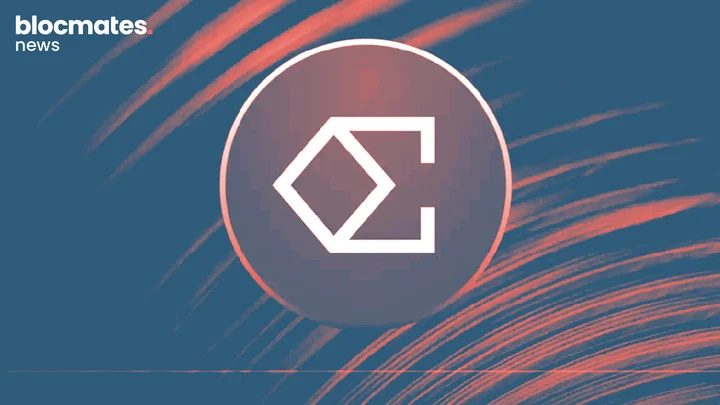


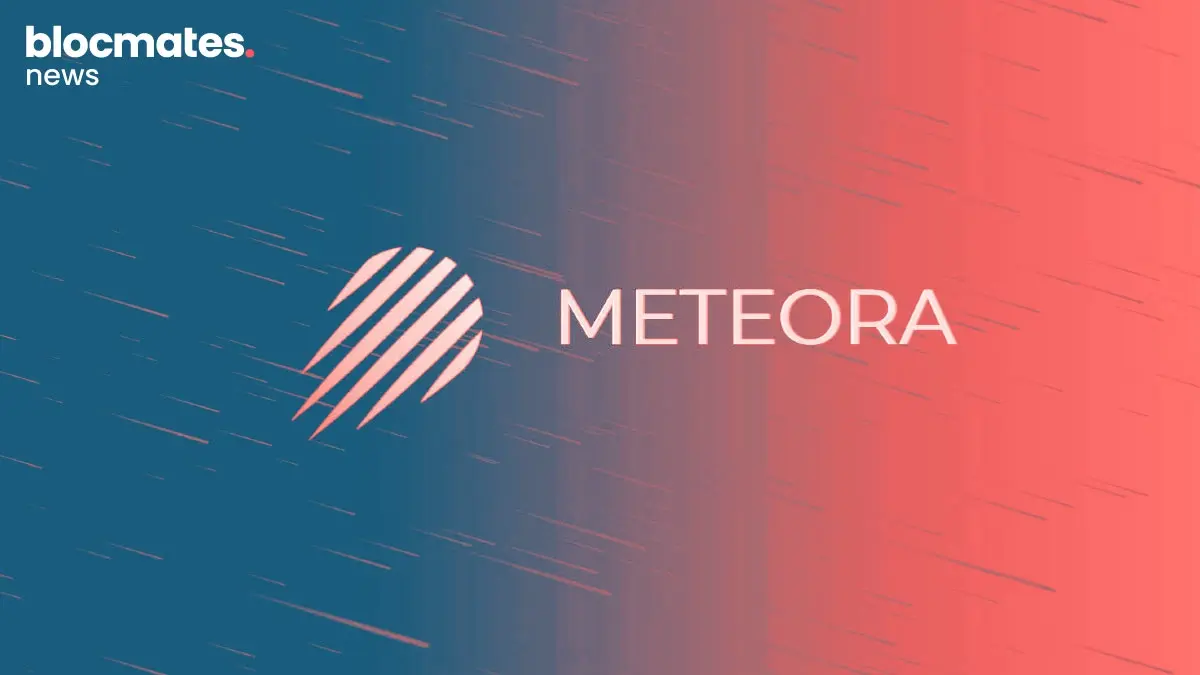


.webp)

.webp)


.webp)



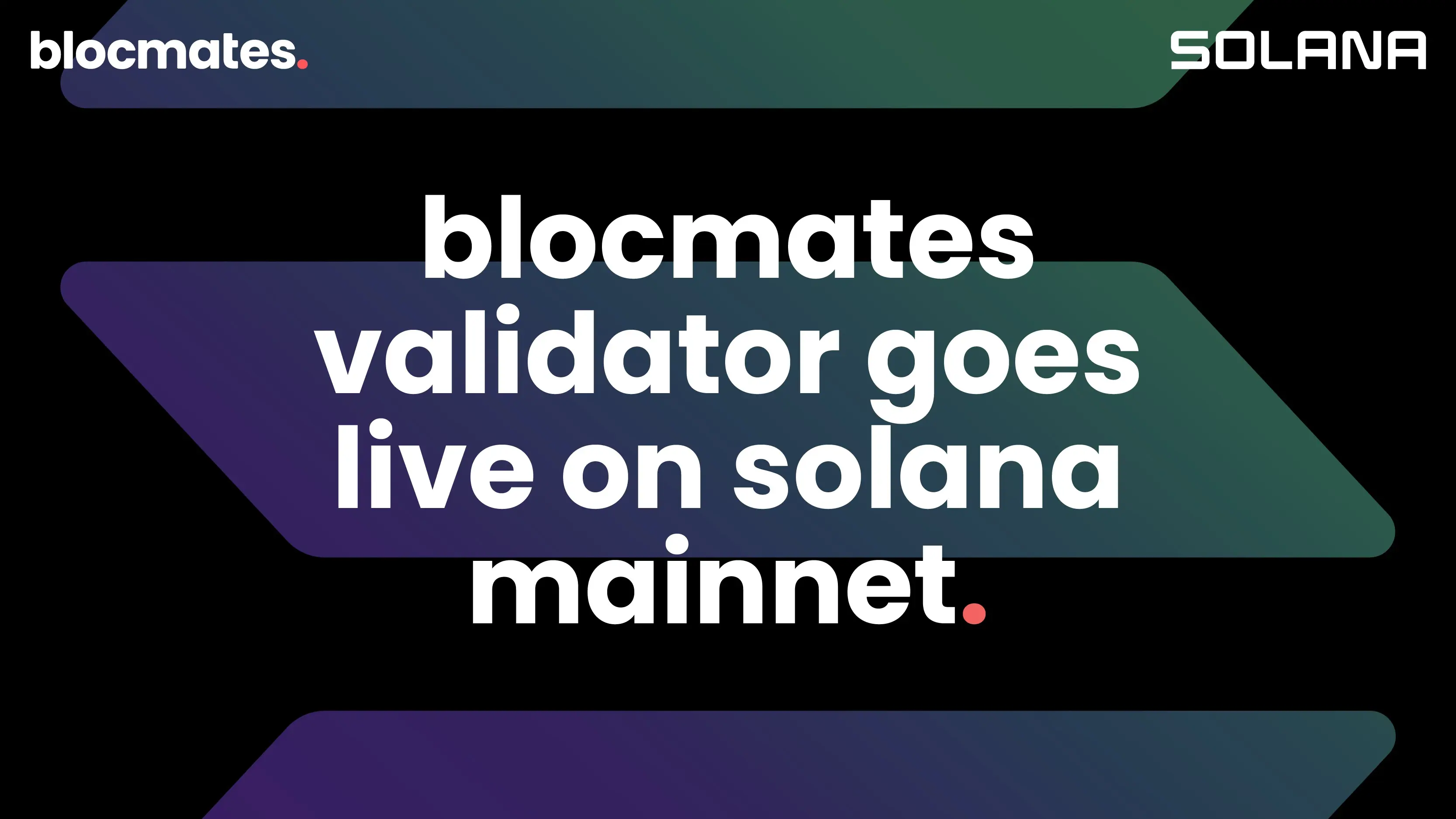
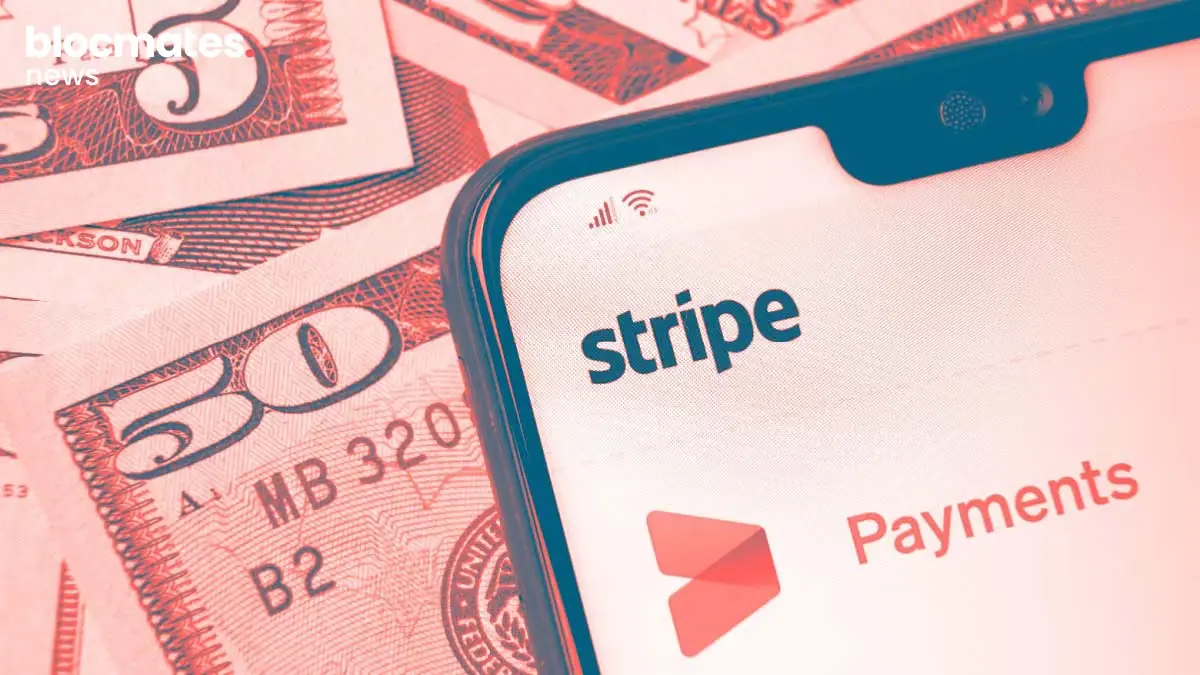



.webp)
